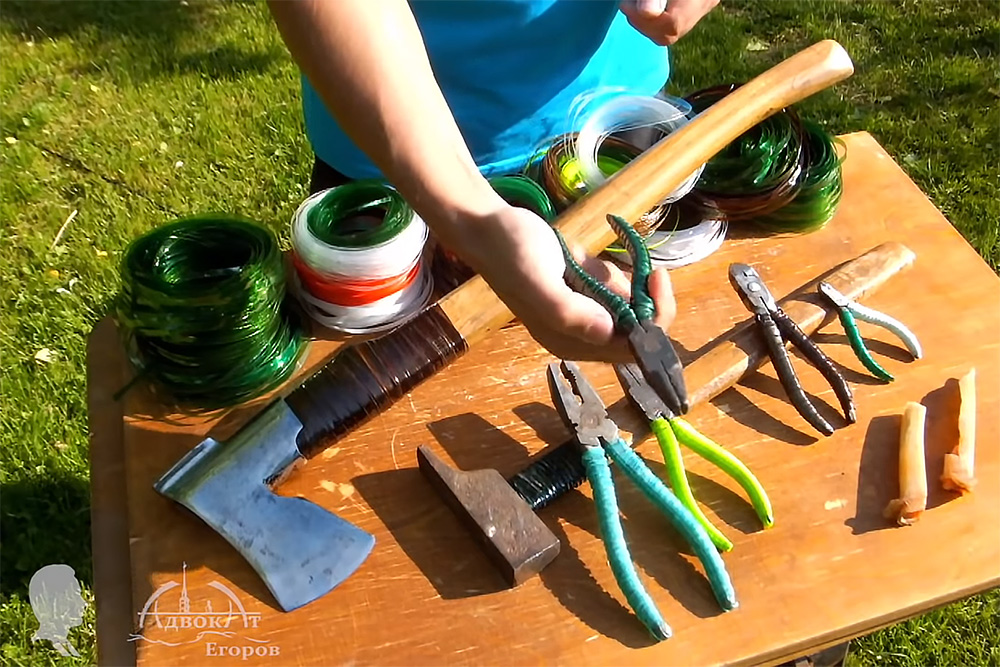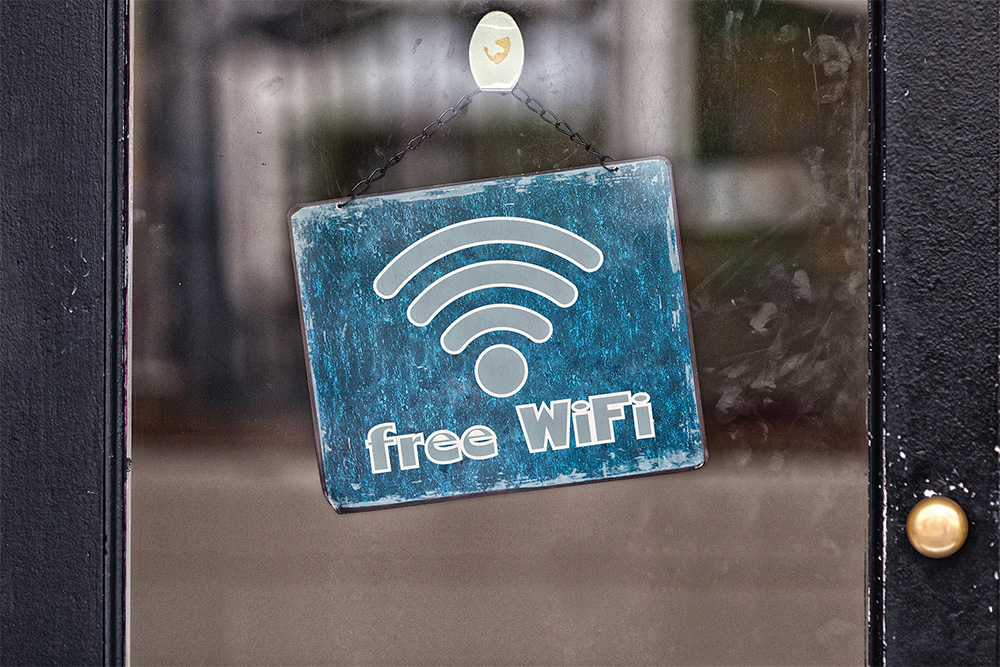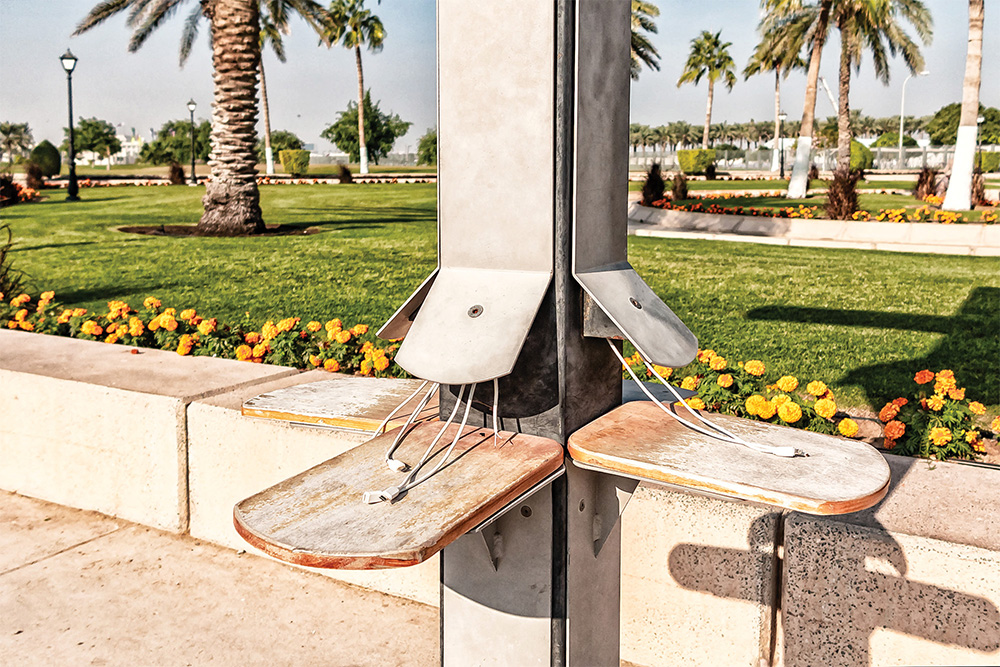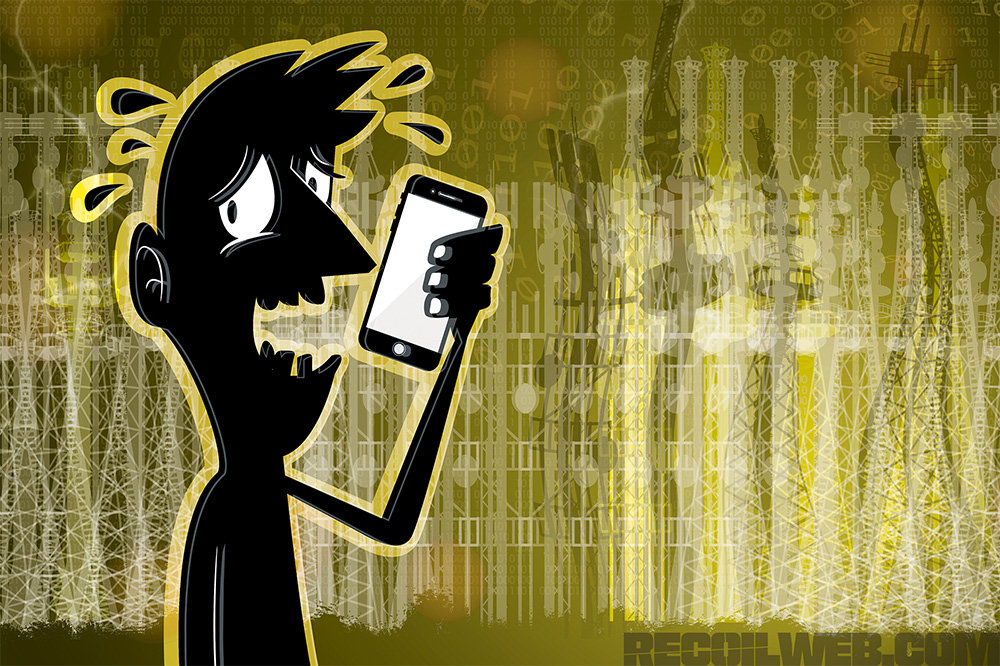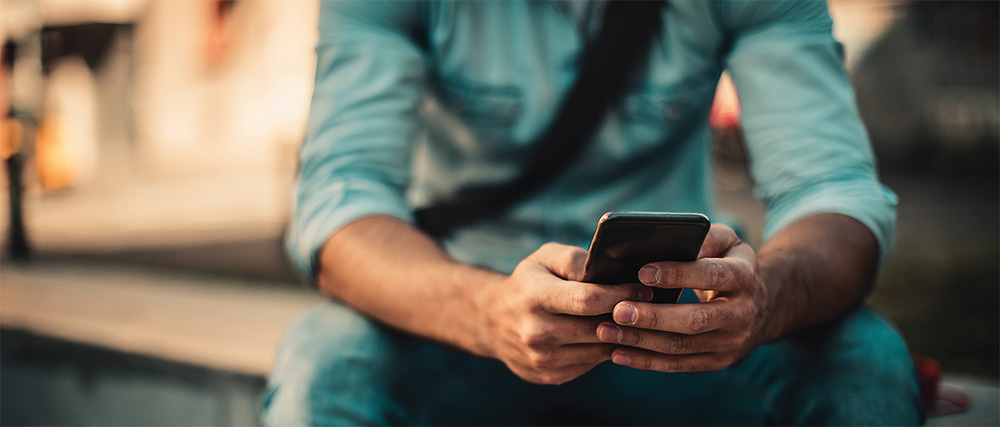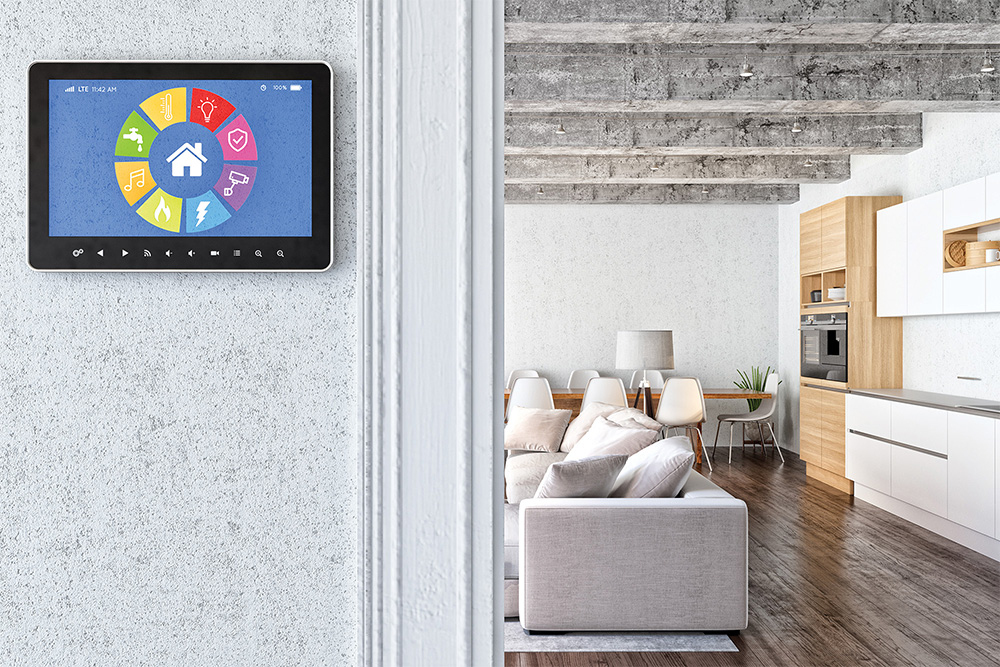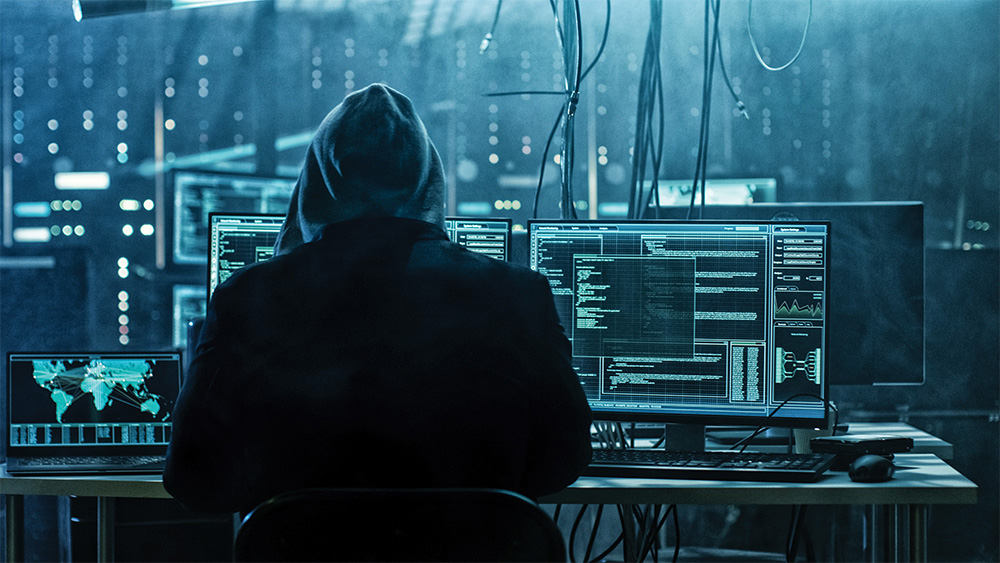Every year, we hear about cold-weather-related fatalities that could’ve easily been avoided with the right training and supplies. As winter is upon us once again, we felt it prudent to raise awareness of situations that commonly lead to injuries or worse during the cold months, as well as some myths that are continually perpetuated about cold-weather survival. With a résumé that includes instructing Marines at the Mountain Warfare Training Center, we tapped survival instructor Thomas Coyne, whom we profiled in RECOIL OFFGRID Issue 27, for tips to keep you safe this winter. In addition, we asked director of training for Sierra Element and former Marine scout sniper Victor Lopez to provide recommendations on best practices for firearms use in cold weather.
RECOIL OFFGRID: A quinzhee is one of the best shelters you can make using snow. For those unfamiliar with how to build one, what are the steps involved?
Thomas Coyne: All you do is pile snow, preferably the freshest snow, into a dome shape big enough to leave 18-inch walls all around you and dig out a living space for you to lay down or sit up in. You can make them fairly large for a whole group of people or just one person. After you pile the snow, pack it down with your feet or a shovel to compact it enough to solidify, and let it sit for at least 30 minutes. It’s good if it’s in the sun to help it fuse together a bit. Then you can dig out a living space at the base that’s big enough to lay down in that’s in the shape you want. Before you dig out the opening, in order to make sure you don’t go too shallow, break off a bunch of sticks that are at least 18 inches long and jam them into the top all around and all the way to the top. That way you know if you hit the stick not to go any farther. If you’re building one for yourself, as long as it’s big enough for you to lay down in that’s a good rule of thumb for how wide and high you need to make it.
Above: Thomas Coyne teaching a cold-weather survival class in Alaska.
What do you think some of the most common misconceptions are about cold-weather survival?
TC: One thing people never talk about is hydration in the cold. People talk about how you shouldn’t drink cold water, but you need to stay as hydrated as you can in extreme cold — it’s just as important as hydrating in extreme heat. Blood regulates body temperature. When you’re too hot, it takes the heat from your organs; your blood vessels dilate and radiate that heat off the surface of the skin. When you’re too cold, it constricts on the surface of the skin and to the extremities like your ears, nose, and fingers, which is why your hands get cold first. The body restricts blood flow to those areas when you’re cold and focuses it on the internal organs so you don’t get hypothermia. If you’re dehydrated at all, you’re going to get colder faster and have much less blood on the surface of your skin, so you’ll be much more prone to frostbite. Pre-hydrate for a few days before you go on any cold-weather expeditions as if you’re going on a hot-weather expedition.
The quickest way to absorb water is if it’s at room temperature and an isotonic solution, which is 0.9-percent salt. Your body works on what’s called the sodium-potassium-electrolyte pump. We don’t run out of potassium the way we do salt, because we don’t sweat it out like salt. Salt opens the door to the cell to let water in, so if your drink is too salty it pulls water out of the cell. If it’s just salty enough it lets it into the cell. An isotonic solution matches the salinity of our body’s cells naturally so you can hydrate the quickest and safest. When you get an IV of saline, that’s what they’re giving you.
Caffeine dehydrates you, and it’s a vasodilator, so it affects your blood pressure. When you’re really red-lining, like when I was a firefighter and working on the fire line, it’s not a good idea to have caffeine. What we’d do is after we drank 2 liters of water, our third liter would always have an electrolyte replacement in it. That’s so we don’t become hyponatremic. If the salt level in your body gets too low, that’s called hyponatremia and it can kill you. That means your body can’t absorb water anymore. You’ll drink a liter of water, and urinate it right out. If you’re hyponatremic and drink water without salt, you’re hurting yourself. Avoid caffeine and alcohol. There’s that old belief that drinking alcohol makes you warmer, but that’s because it makes the blood vessels on the surface of your skin dilate and is radiating away heat.
What should people know about cold-weather clothing?
TC: A lot of people don’t know how to dress for the cold. There’s a proper three-layer clothing system that all your military, cold-weather mountaineers, arctic expedition, and pipeline guys are wearing. There’s your performance baselayer; that’s your thermal underwear, which should be tight-fitting against the body. These items should also be rapid drying and insulate when wet. It’s not just about warming you, but for active and extreme cold, it needs to serve as a sweat management system.
When you’re more active, you build up sweat; being sweaty in extreme cold can cause you to freeze to death. When you have material that insulates when wet, no matter how sweaty you get, as long as it’s up against your body as an insulation layer, your body heat will keep it warm. It needs to be rapid drying because once you stop sweating and sit down, you want it to dry well even though it’s underneath the other layers. That’s why you should only use certain materials like wool and polypropylene. Those two have the best warmth-to-weight ratio, insulate when wet, and dry rapidly. We call cotton the death fabric. We don’t use it in the cold because it loses all insulation capabilities when wet and dries very slow.
The next layer is your insulation layer; it keeps you warm but isn’t skin tight. It’s not really the clothing that keeps you warm, it’s your body heat and your clothing should trap that. When you have an insulation layer, it should be a little loose to give you a little room for your body heat and trap that around you. If you’re in cold and wet weather, again, you want something that insulates when wet and dries rapidly, like fleece. If you’re in weather where it’s below freezing 24 hours a day where you’re not going to get wet, down is a great material because it’s very light. Down has a tendency to absorb a lot of water, it doesn’t insulate, and will never dry in the field, so that’s why we don’t wear it when it’s both cold and wet.
Your third layer should be a waterproof, breathable layer. You want that to be an outer shell. The colder it is, the more breathable it has to be. If you’re going below zero you need a highly breathable jacket. What people don’t realize about breathability in the cold is that in extreme cold your jacket will begin to condensate if it’s not breathable enough. For instance, if you just wear a rubber rain slicker, it condensates inside. If the material isn’t breathable enough, it’ll get soaking wet inside.
For footwear, avoid cotton socks. In extreme cold weather, your boot should have a removable insulator. If you’re hiking all day and build up a lot of sweat, you want to take that out to give it time to dry. You want a three-layer system for your feet as well. You have the sock, which is your performance baselayer, the boot insulator, and then the boot itself so you can manage the moisture in your boot. Trench foot indications are like when you sit in the bath too long and your skin gets wrinkly. When you keep grinding on that layer of wet skin over and over again, it just comes off. When you’re post-holing through 2- to 3-foot snow without proper footwear, your feet will get soaking wet and frostbite or trench foot is likely to set in.
What tools do you think are over and underrated for cold weather?
TC: One thing that many survival guys will disagree with me about are fire steels. They’re just a bushcraft play tool and a poor option for emergency circumstances. If you’re injured, hypothermic, or have a little frostbite, it’s easier to light a match when you’re having trouble feeling your hands than to spark a fire using a steel. A match you can strike and just toss it into the fuel. With a steel, you have to prepare the fuel a particular way and shave it up into little bits. If you’re using something natural, it won’t work on anything moist at all. You generally have to use both hands and be very precise with your sparks. Any thermal emergency attacks the brain and makes it hard to think. You don’t want to carve down shavings of bark in that condition. You get ataxia, which is a loss of coordination, so they’re not good when you’re hypothermic, cold, and wet.
Matches are easier to use and light more materials. The primary fire-starting material should be a proper storm match. It can burn in the water, in mud, and in crazy winds, so it’s very hard to put out. You should also have an accelerant like solid fuel cubes. There are lots of brands out there for like 50 cents a piece. They’ll burn for over 10 minutes at over 1,000 degrees. Forget the cotton balls and Vaseline. In cold weather, it’s likely going to be wet as well, so all the small stuff that might light easily like pine needles, bark, and grass are all affected by the moisture so they’re going to be hard to light. You need a good flame length and a very hot flame. All the cubes like WetFire, Duraflame, Weber, and Fast Fire will give you at least a 4- to 6-inch flame length. Just throw your match on the cube and warm your hands up to get them working again, then light your second cube to get your fire going. You can get emergency heat from just the cube. The No. 1 reason we’d have to rescue people off trails is because they fell and hurt their leg, so if you’re injured you want it to be as easy as possible.
A catalytic heater and 24-hour hot packs are great for vehicles. Every winter you read articles about people who took a wrong turn down a road or ended up stuck in the snow somehow. They end up freezing to death in their vehicles because they run out of gas, and the car is useless. Catalytic heaters are like little propane heaters. You can use little $5 propane tanks, but it can be used indoors — since it’s catalytic it uses platinum in the device to purify the emissions. Some will run on a tank for eight hours on low, but you can also make a tank last for like three nights if you just run it for a half hour to stay warm as needed. If you need to build a quinzhee, you can pop some hot packs and put them in your clothing or wrap them in your e-blanket to stay warm.
What should people know about using electronics in cold weather, particularly stuff powered by lithium-ion batteries?
TC: Cold weather zaps the batteries a lot quicker, so you have to protect your devices from the cold, which is another thing you can use hot packs for. Also, if I’m bringing a water filter, you’ve got to make sure they don’t freeze overnight, so you can pop a hot pack and put it in the compartment with those materials. For whatever mustn’t freeze, you need to have some kind of insulation. You’re going to have to charge more and bring more batteries since the cold drains it faster.
What are some medical conditions cold weather causes that don’t get enough attention?
TC: Snow-blindness is one. If you get a stuck in a snowy area without the right eye protection, you can go snow-blind in less than one day. In addition to goggles, they make emergency snow glasses. Many of them are rolled up in little containers like the Survival Metrics i-Shield. They’re one-size-fits-all. You can make improvised versions from birch bark or a piece of cardboard. You can cut thin slits in it just big enough to see out of. They have to stick out at least ½ inch off your face and have to cover the sides and bottom to keep light from getting in, so you have to fold it a bit to look a little like Geordi from Star Trek.
What should people know about getting lost in snowy weather in a vehicle?
TC: Stay with the vehicle, because it’s easier to spot than you are. One mistake is when people stay with the vehicle when it’s very cold and succumb to falling asleep. That’ll easily lead to becoming hypothermic and dying. I call it the Freddy Krueger rule of cold-weather survival. If you’re experiencing symptoms of hypothermia, you have to stay awake. Try and do some kind of physical activity in place. Tense your muscles as hard as you can and do little isometric exercises and whatever you can to stay awake and warm.
If you can clear away any branches or foliage so the sun can get to your car easier, do it. The sunlight will create that greenhouse effect in your vehicle and help warm it. You can turn your car into a quinzhee too, but you need to have a ventilation hole and a way to mark the outside so people can see there’s a car under there if it’s continuing to snow. Try to make a signal. A really good tip I learned is to use Kool-Aid packets because they’re very bright colors and you can use them to spell out SOS — and it’s a lot cheaper than dye.
What are some of the biggest considerations to keep in mind when using firearms in cold weather?
Above: Magpul Core Quick Reference Rifle Cards are good reference materials to have on hand when shooting in extreme weather.
Victor Lopez: Clothing can affect the way you present the weapon, jackets and gloves in particular. You should practice with the equipment you’re going to be wearing prior to going out. A lot of people think it’s cool to wear gloves when they go out, but like on a Glock, it has that extra safety on the trigger. A lot of times I see people who never really trained with it and go on training evolutions in mountainous areas where they have gloves on and can’t find that nub on the trigger.
If you’re using gloves, make sure they have good dexterity in the fingers; train with your gloves before you go out so you can have that tactile feel on the trigger and use them to try reloads as well. With jackets, try them on and present the draw — see how it’ll feel when prone and any other positions you anticipate being in. Sometimes with shoulder-fired weapons, materials like certain fleeces will feel different than just wearing a cotton shirt and can actually slip easier.
For changing temperatures, I’ve seen guys go from cold weather training and then put the gun in their sleeping bag, where it collects condensation. Overnight, you can see rust start to form on some weapons because of the body heat trapped in a sleeping bag. You want to keep it close to the ambient temperature. Keep snow out. If it gets in there, it’s going to cause rust. Barrel caps are fine, but putting plastic on will collect condensation when it warms up with the sun, like when you put a plastic tarp out to collect moisture in a survival situation; it’s the same type of principle.
What are some myths you hear getting perpetuated about using firearms in cold weather?
VL: A myth I hear is if you’re above freezing that it’ll completely shift your zero on something like a bolt gun. Another I hear is that the trigger won’t freeze up. I have seen, when it’s truly cold, swelling of the bolts in rifles, and you can feel it get sluggish so it will respond differently than in warm weather. I’ve also heard people say you don’t need that much lubrication on your guns because it’s cold so it’s not evaporating. In altitude it can still be cold and dry, so your lubrication is
still dissipating.
For lubricants, I’ve seen guys use paste type stuff. Avoid grease and paste lubrications. Just go with a CLP or oil-based lubricant. When you return home, always make sure you completely dry and lubricate your weapon before you store it.
The air is less dense in altitude and cold weather. Temperature, air pressure, and humidity affect your impacts; increased muzzle velocity results in higher impacts on your targets. Magpul has some cheat sheets with the computations to keep in mind. Devices like a Kestrel can also provide info for your weather data.
Sources:
- Thomas Coyne > californiasurvivaltraining.com
- Victor Lopez > sierraelement.com

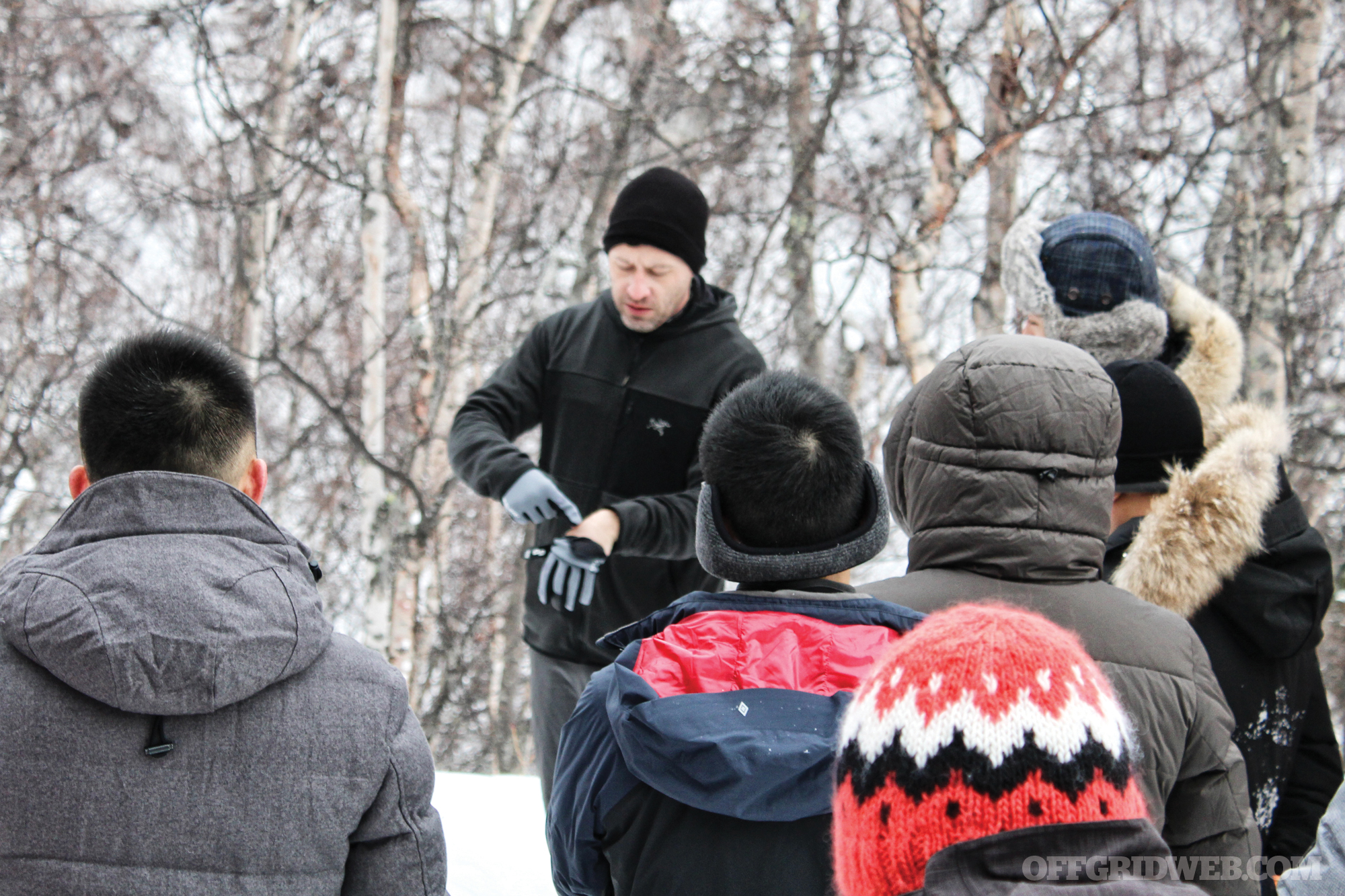

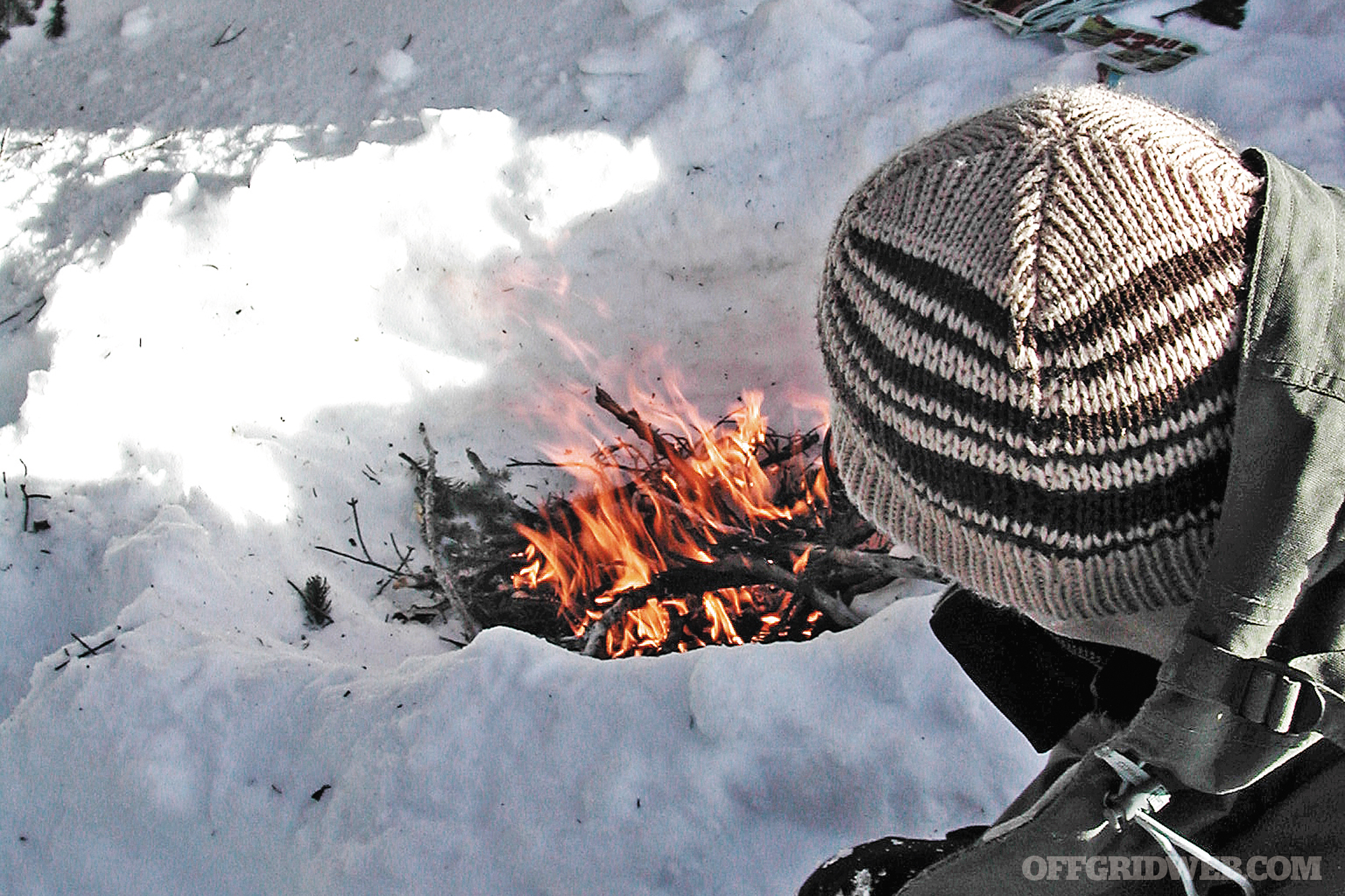
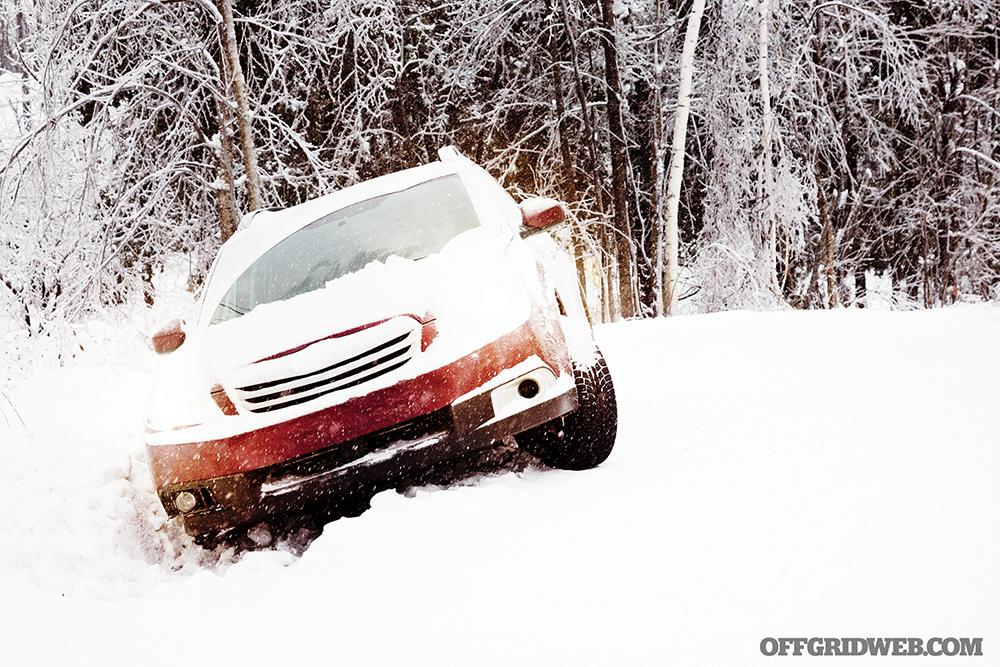
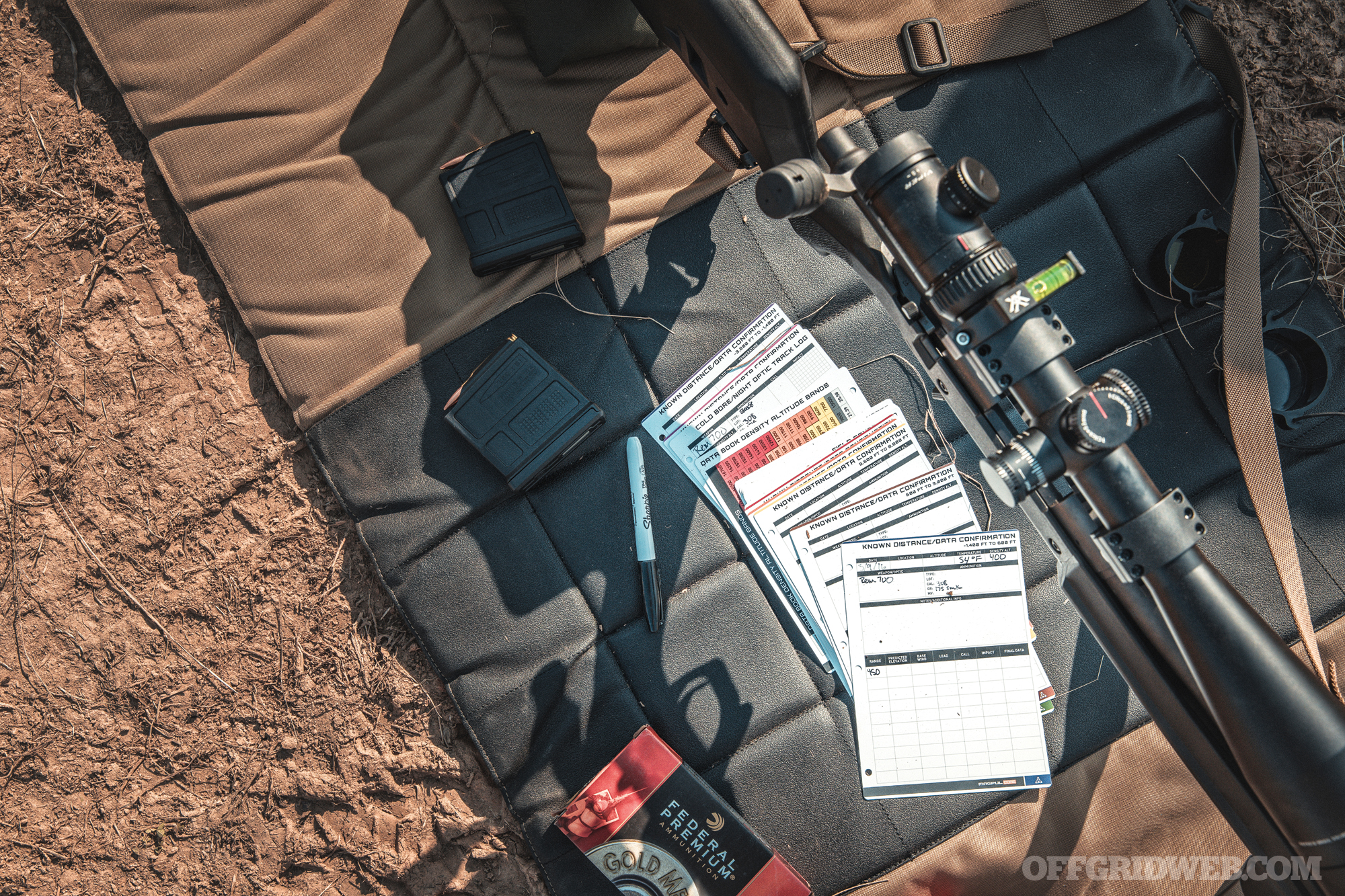
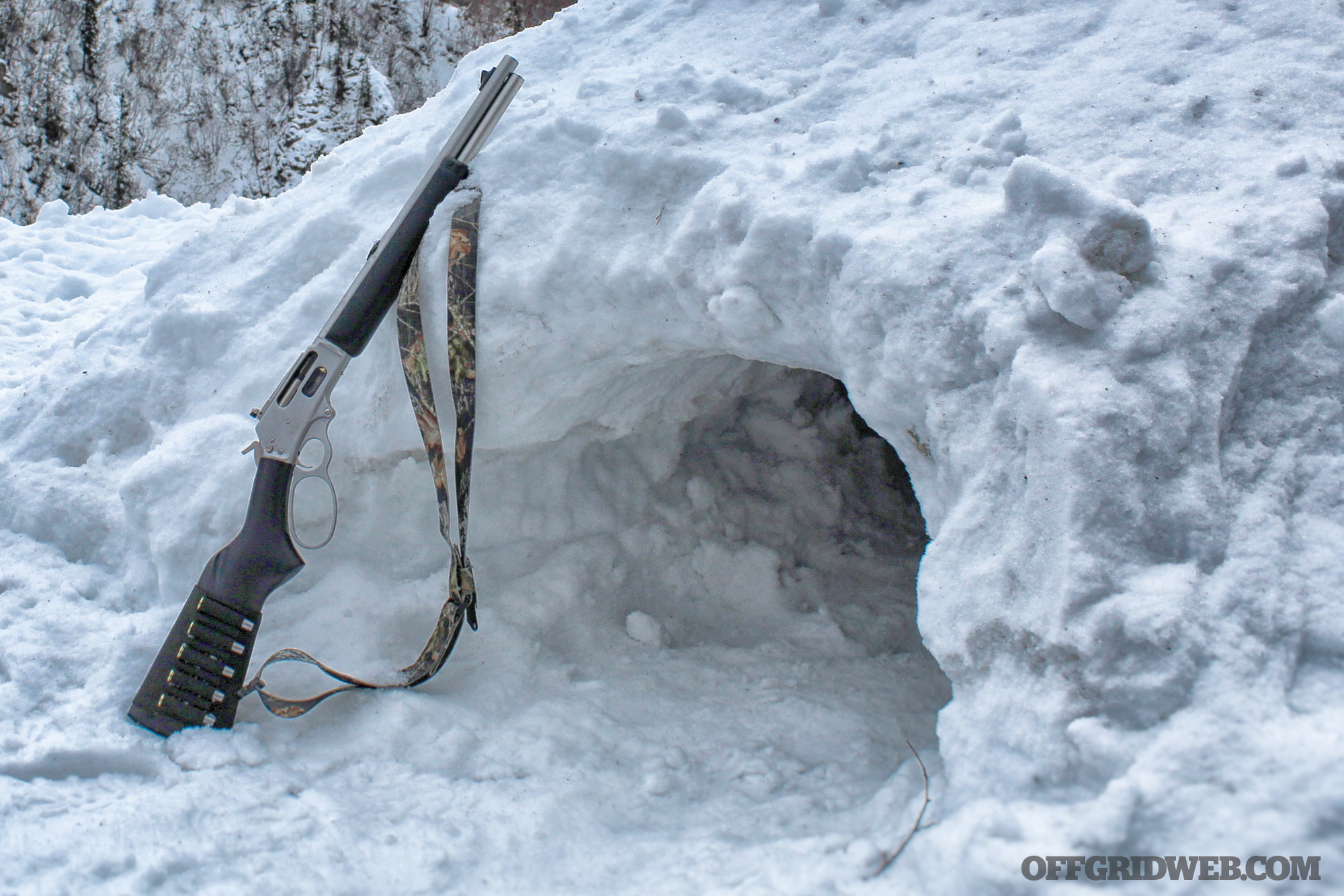

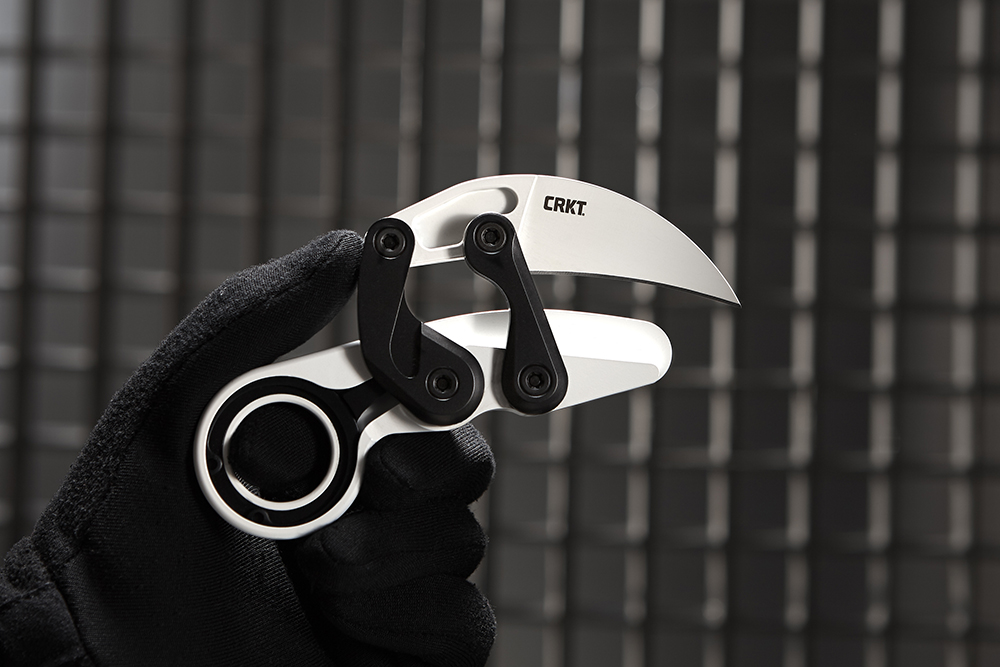
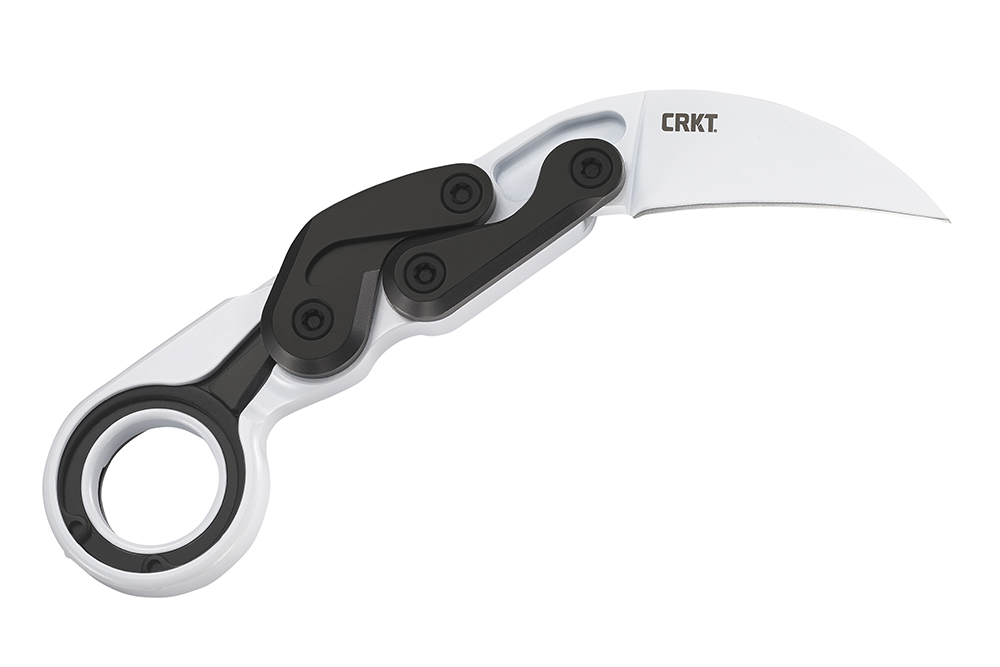
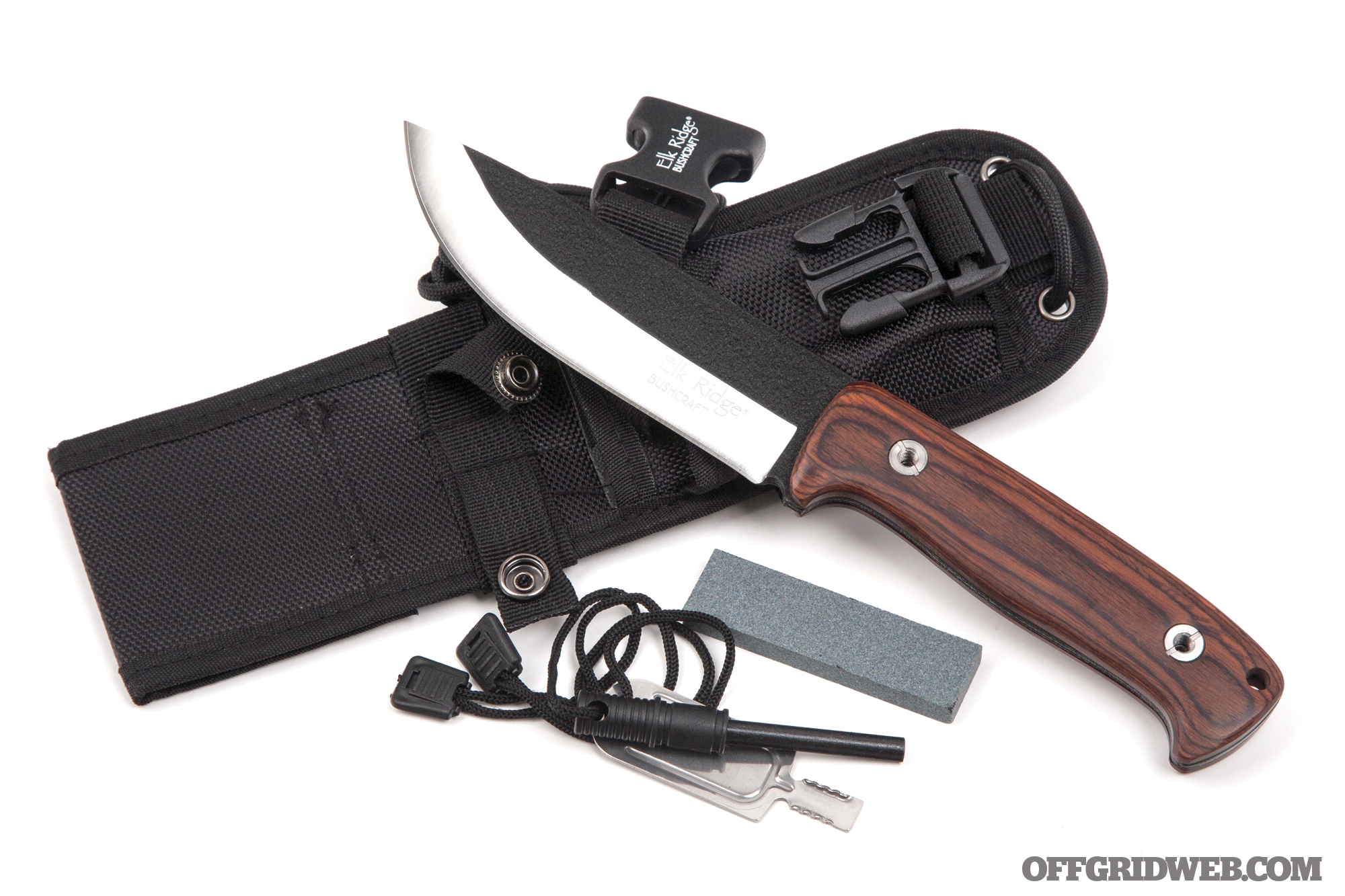

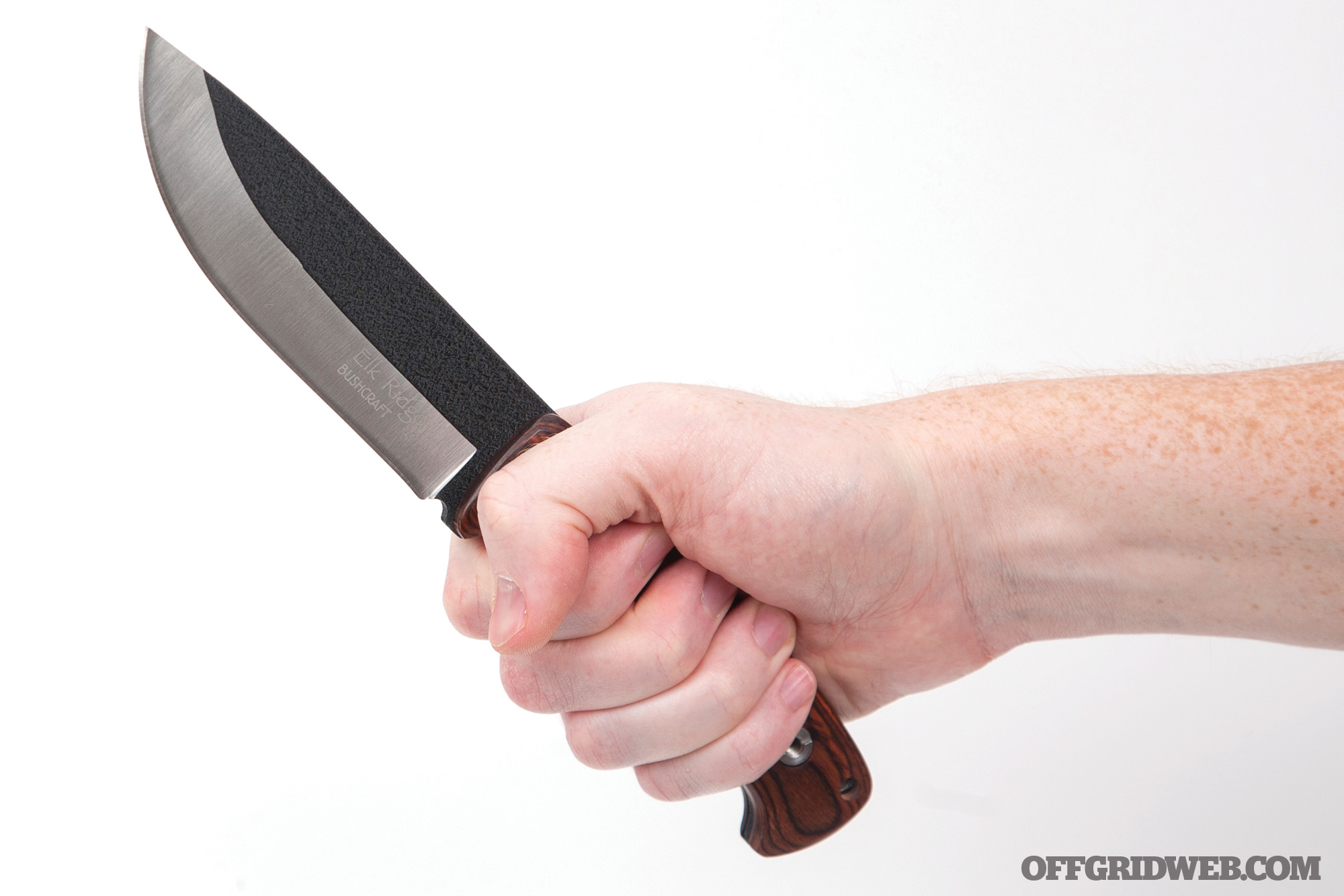



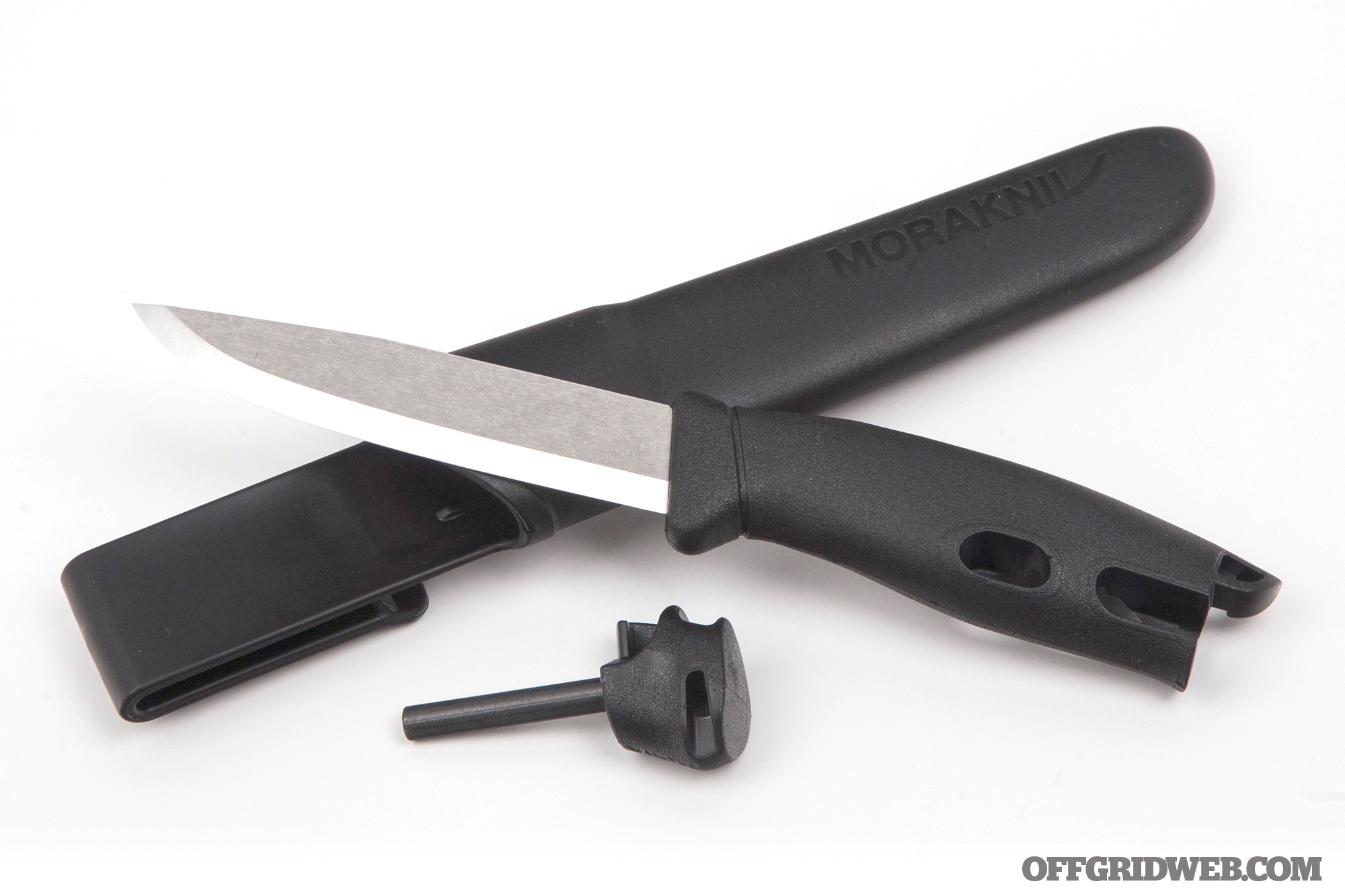
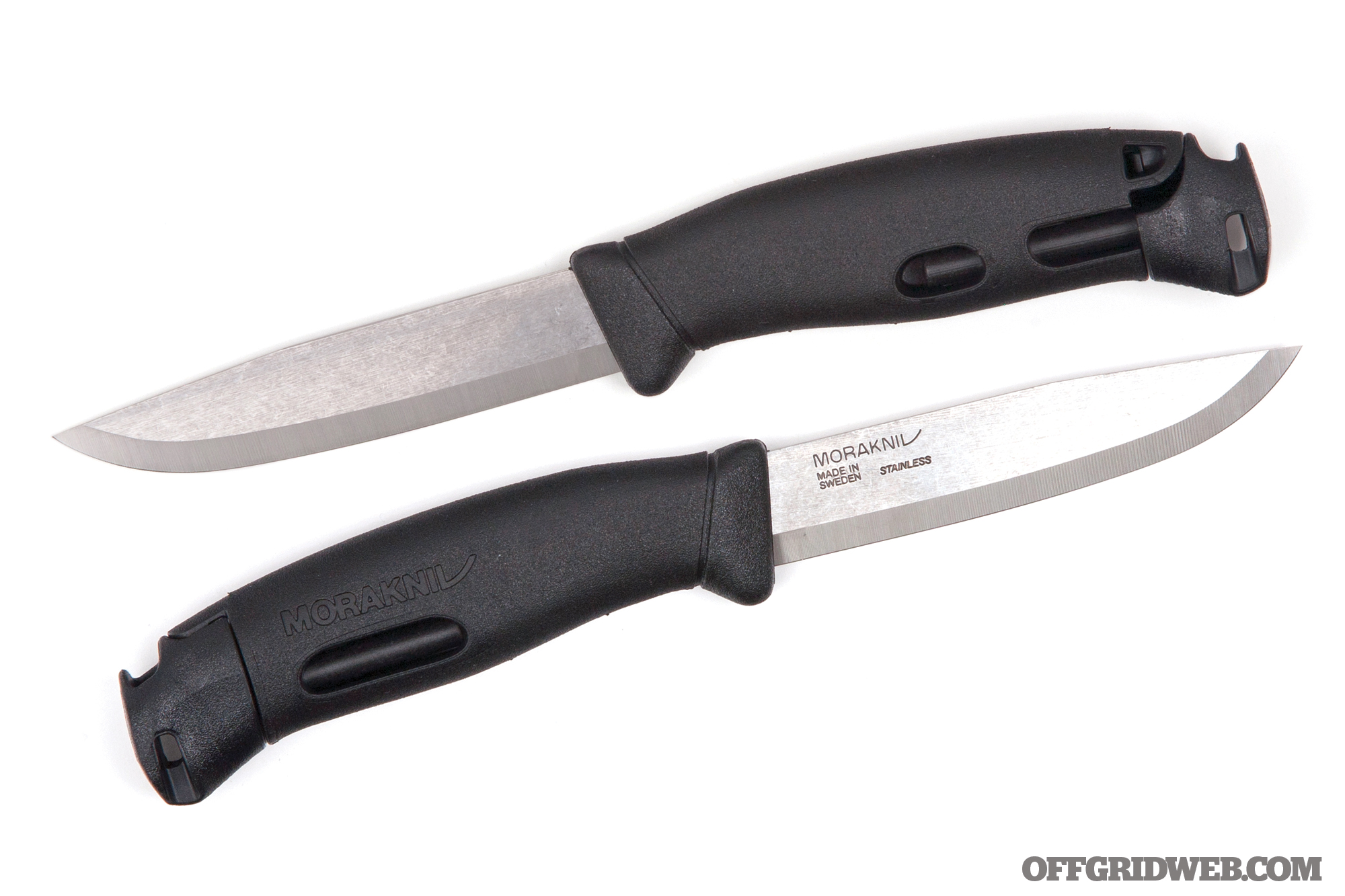



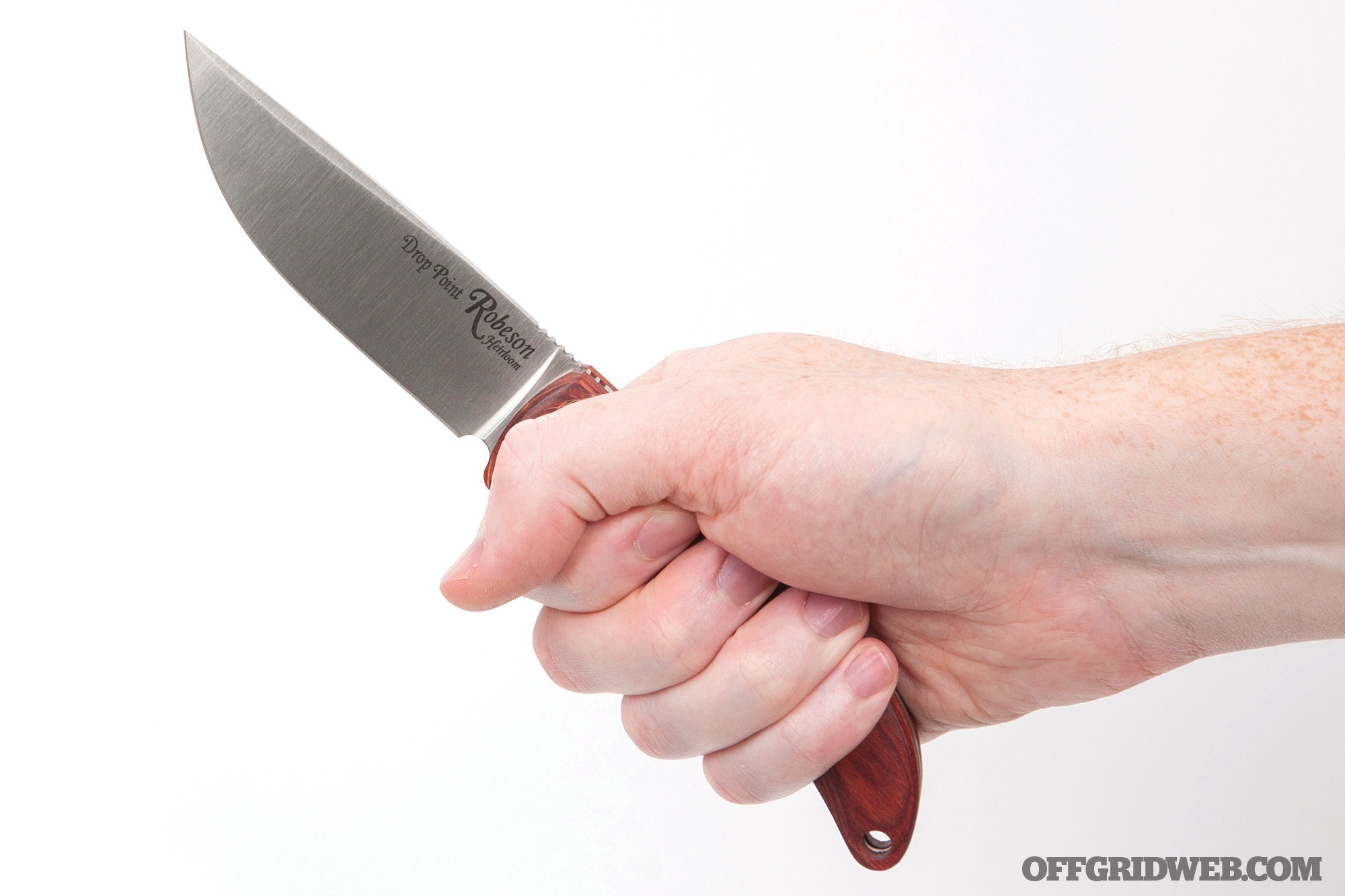


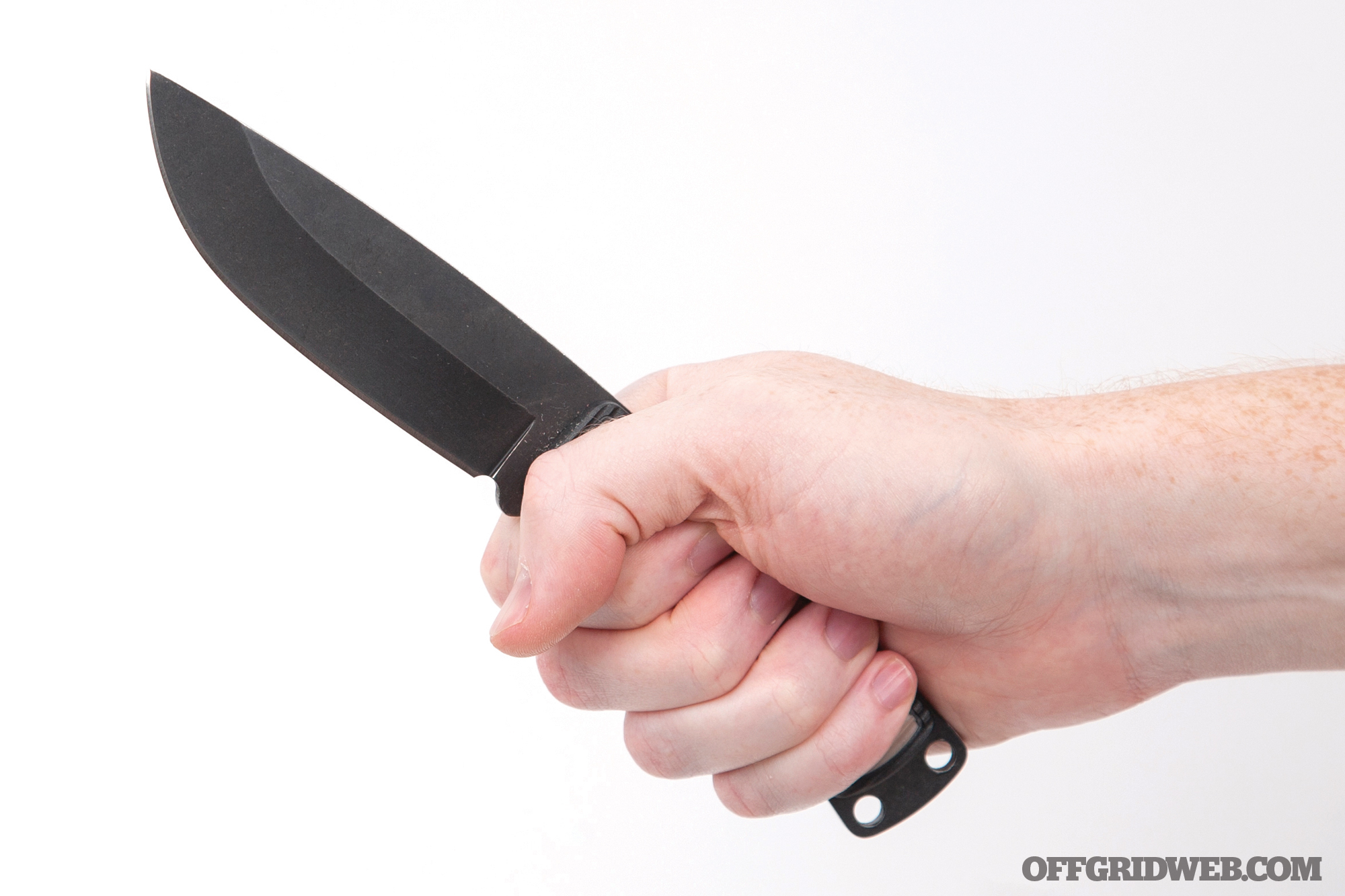






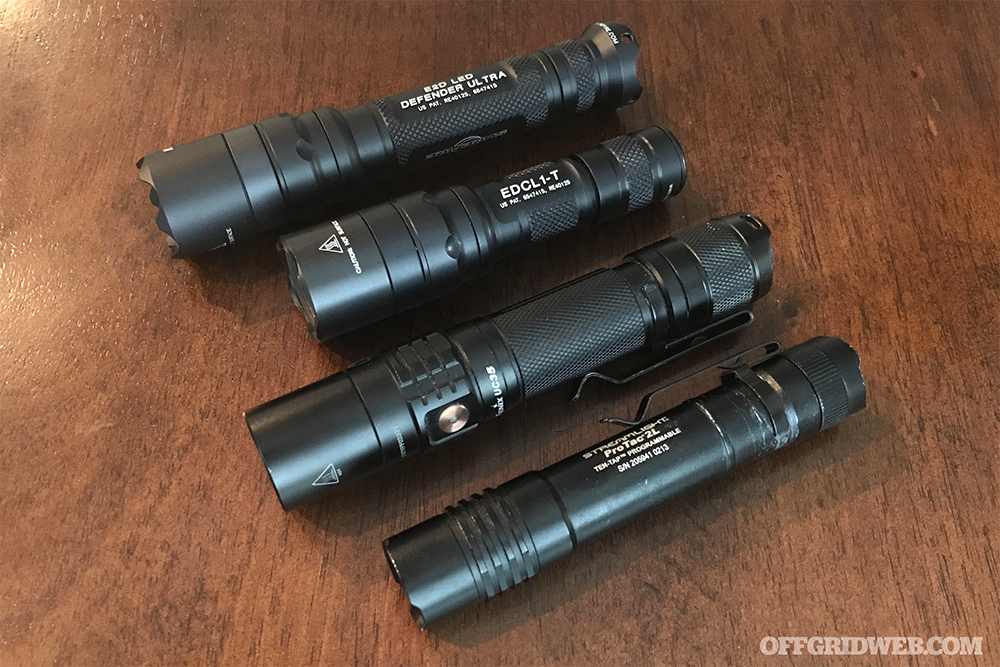
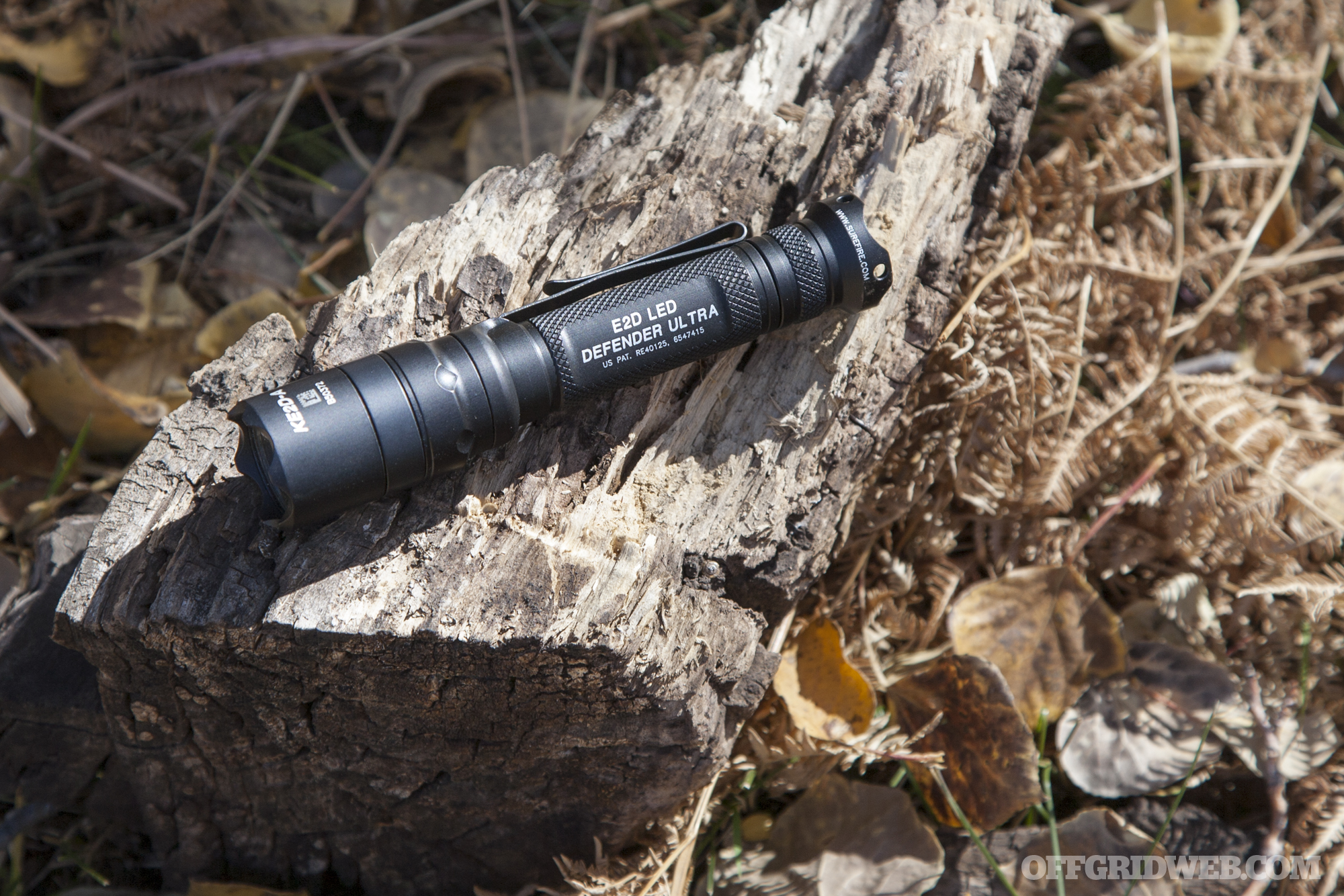

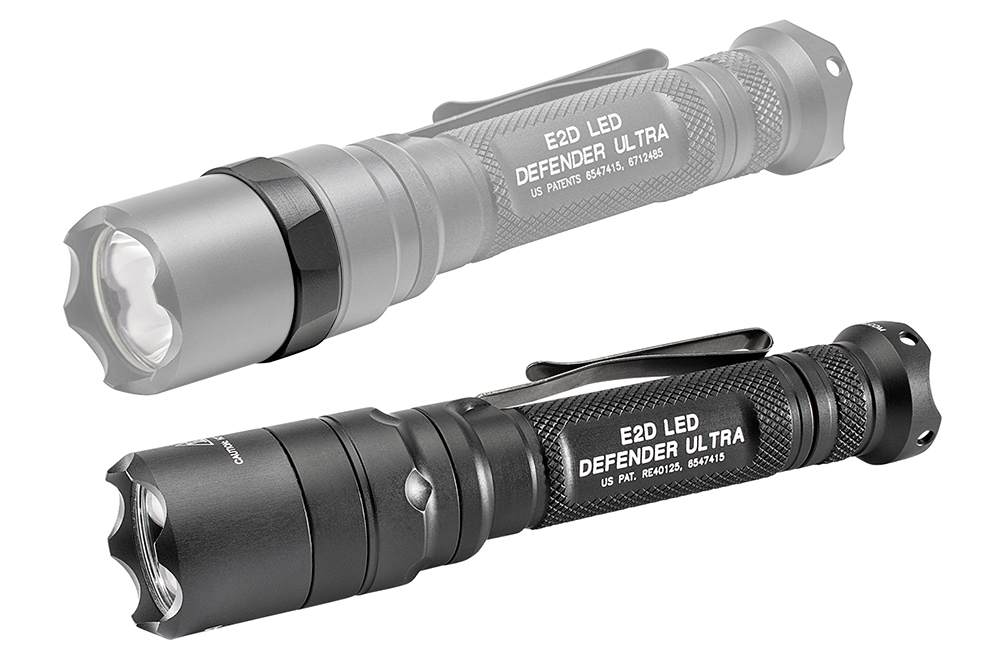
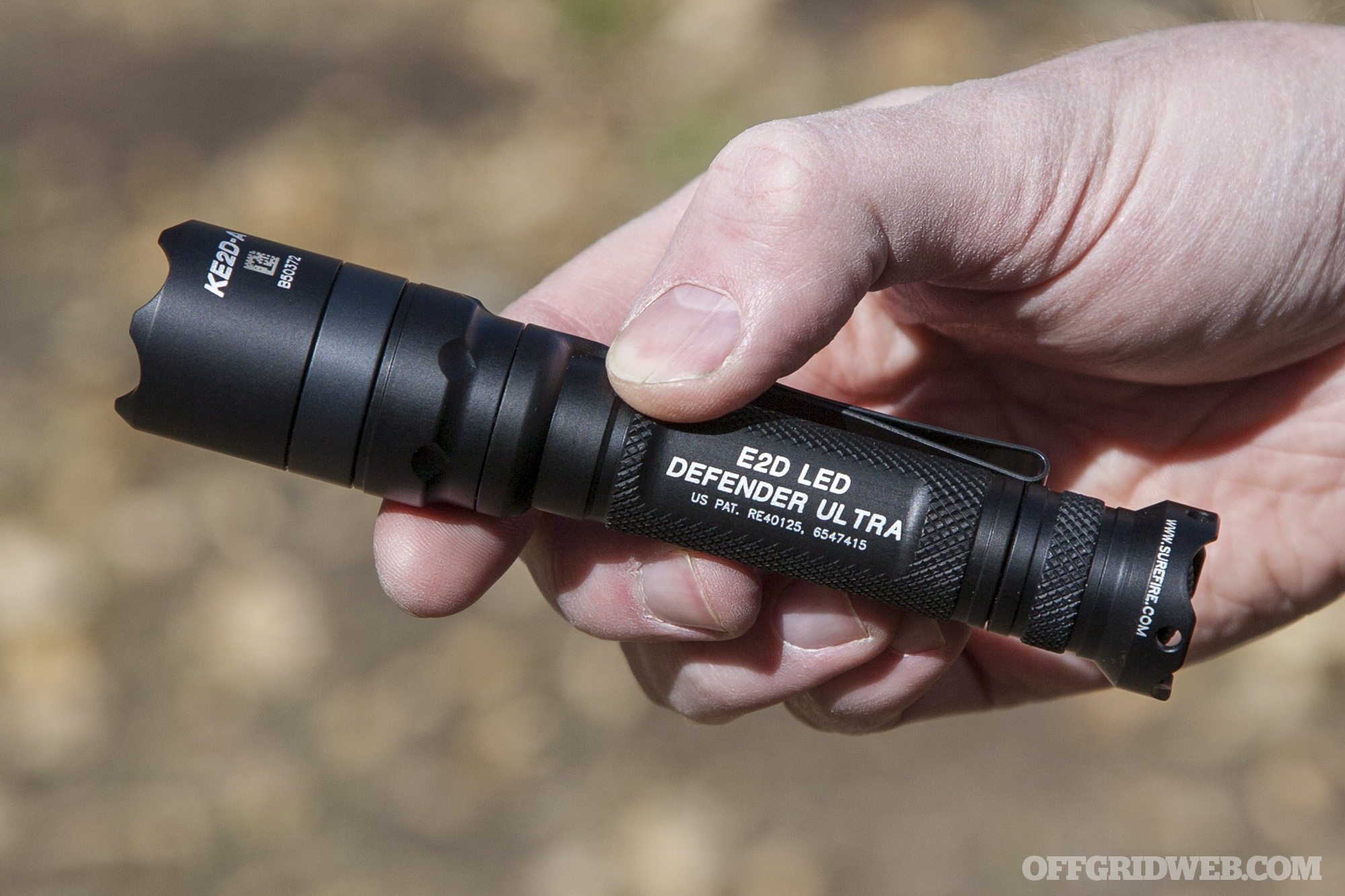
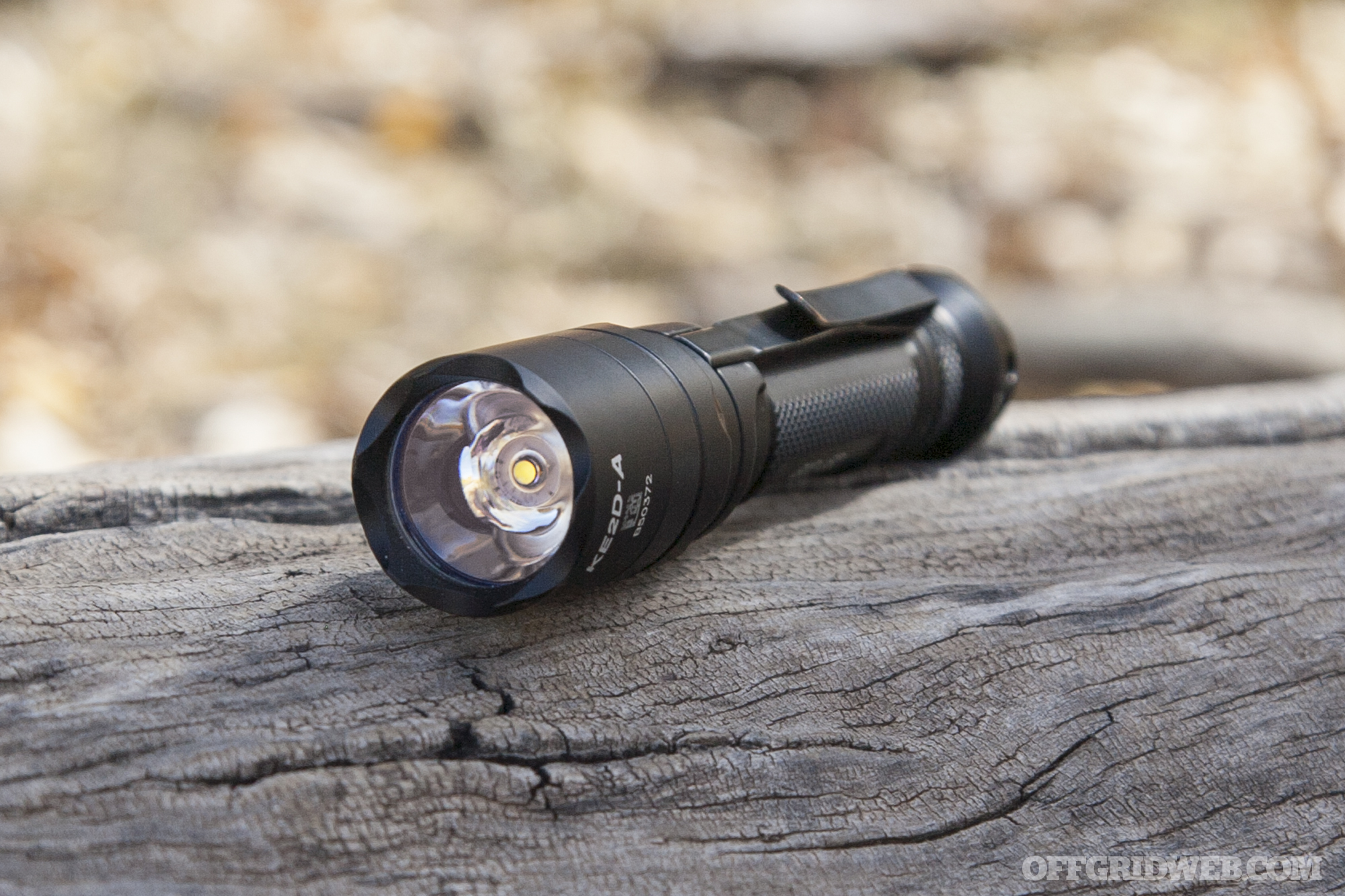
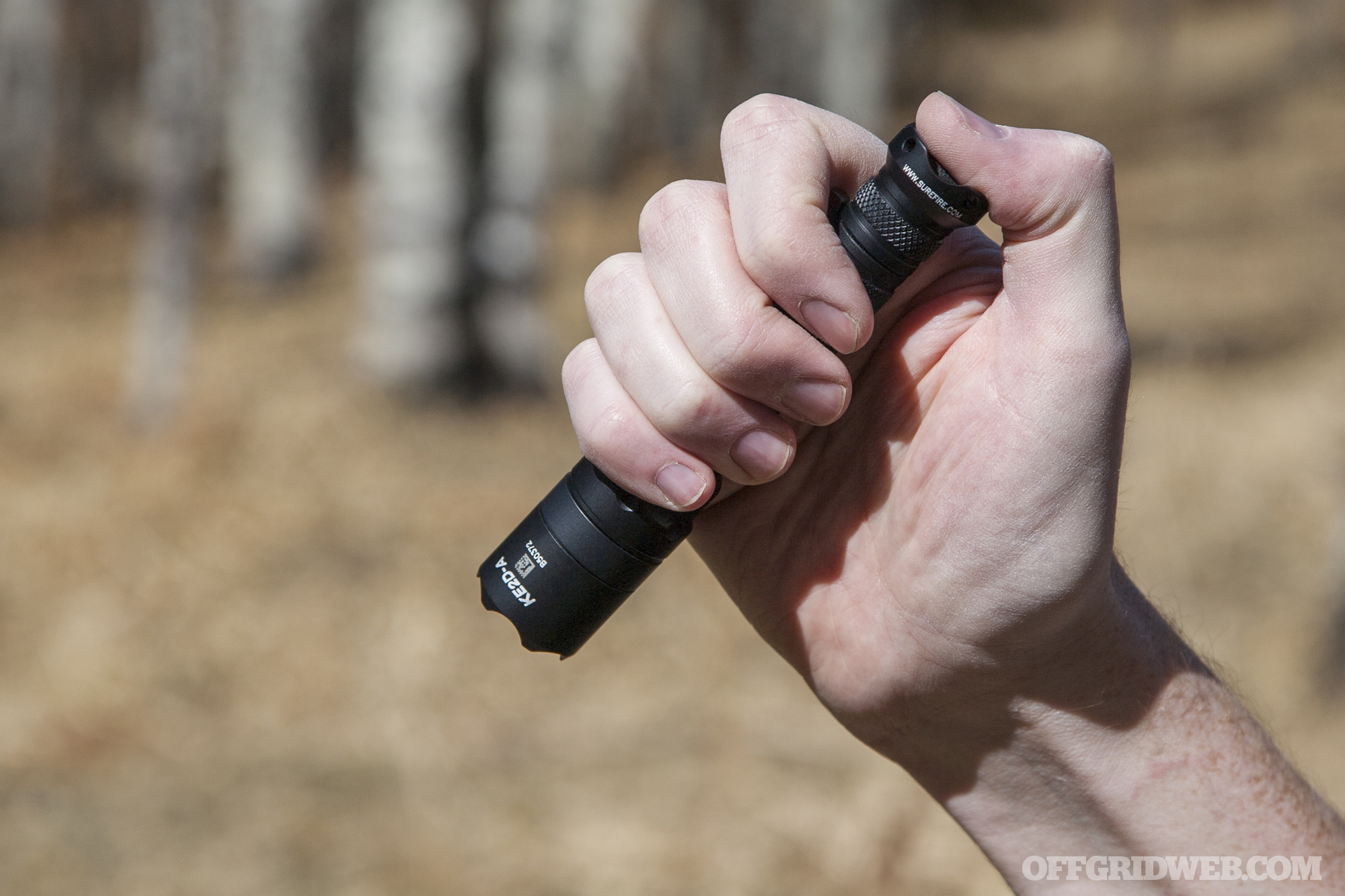
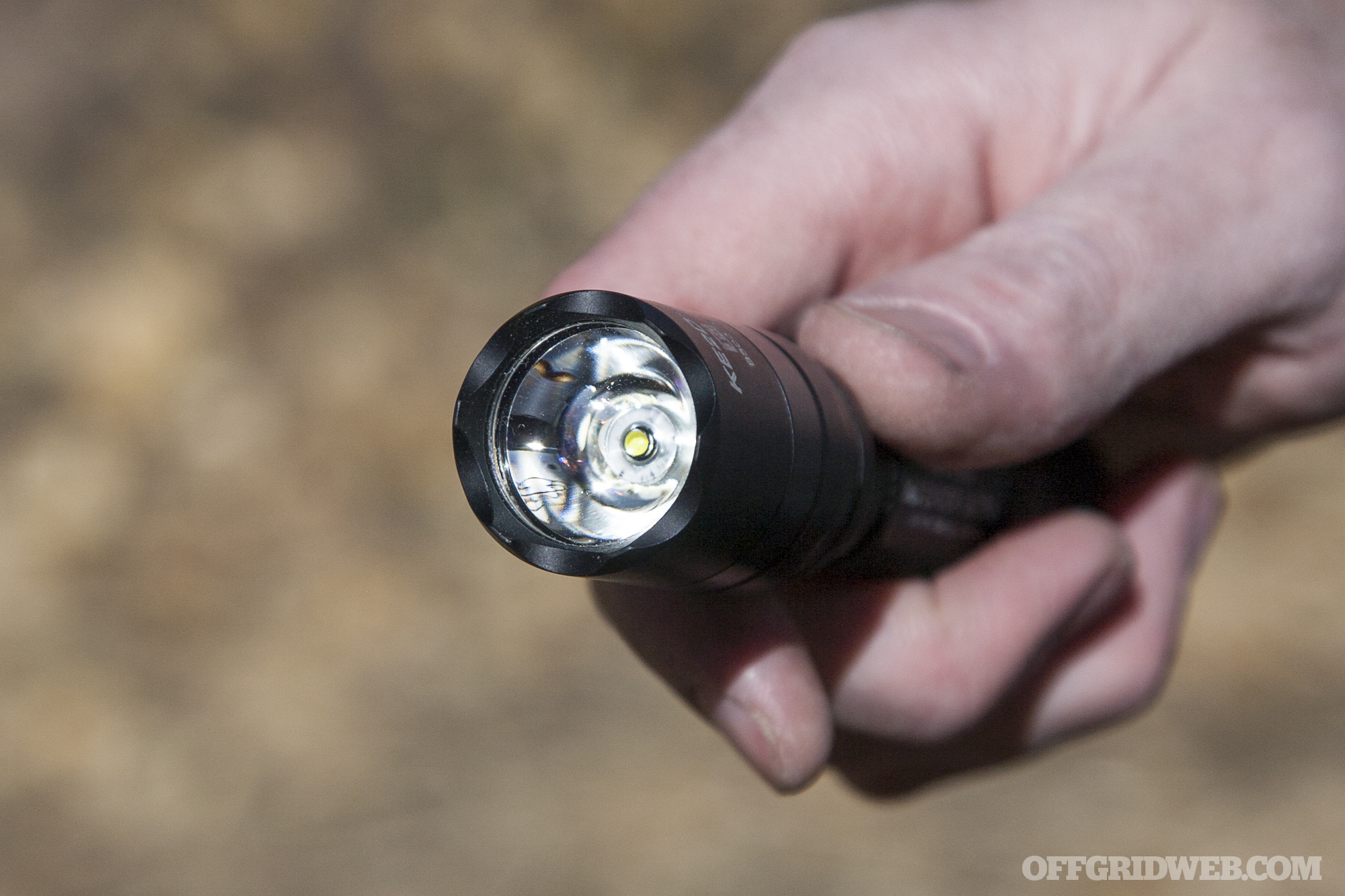
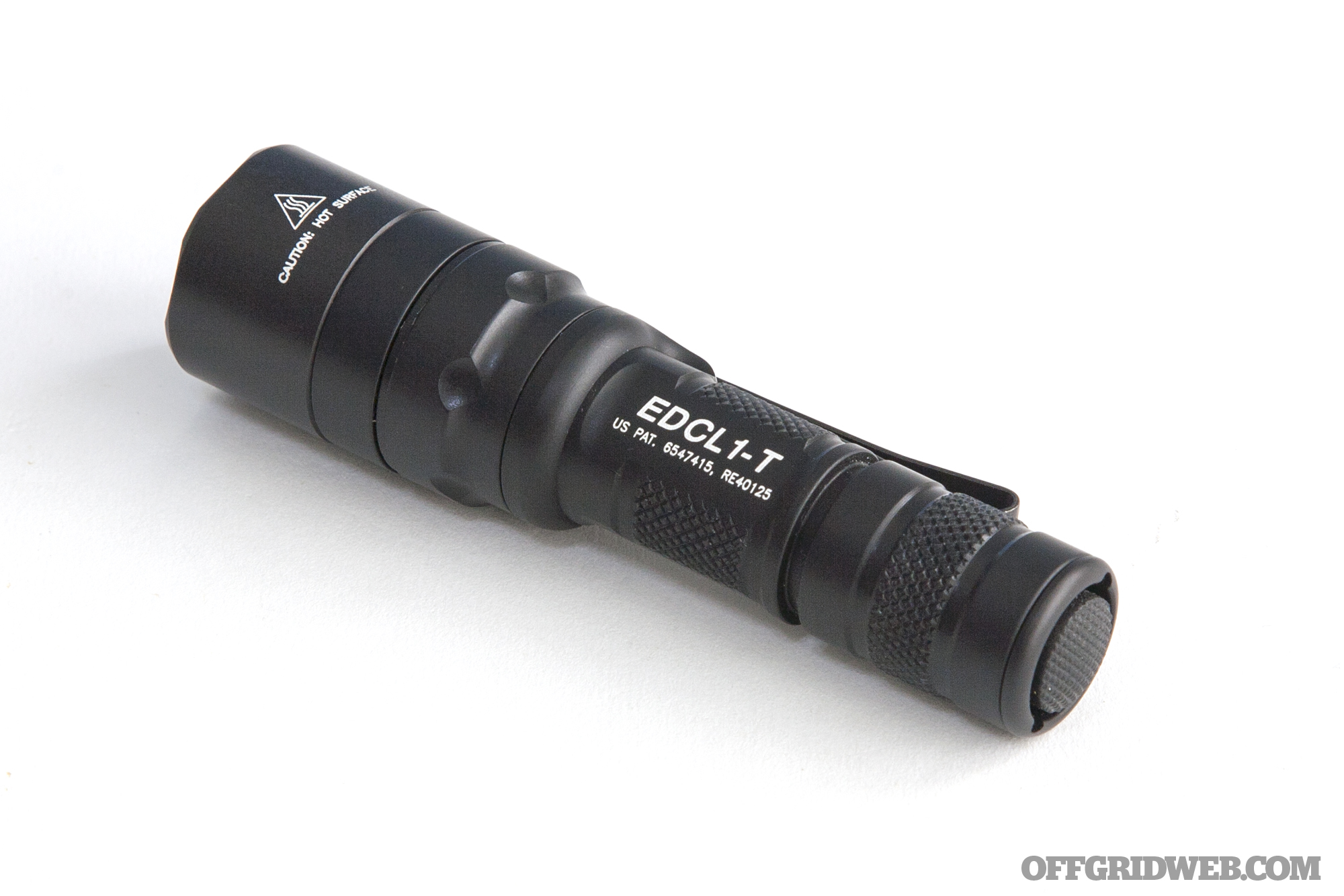
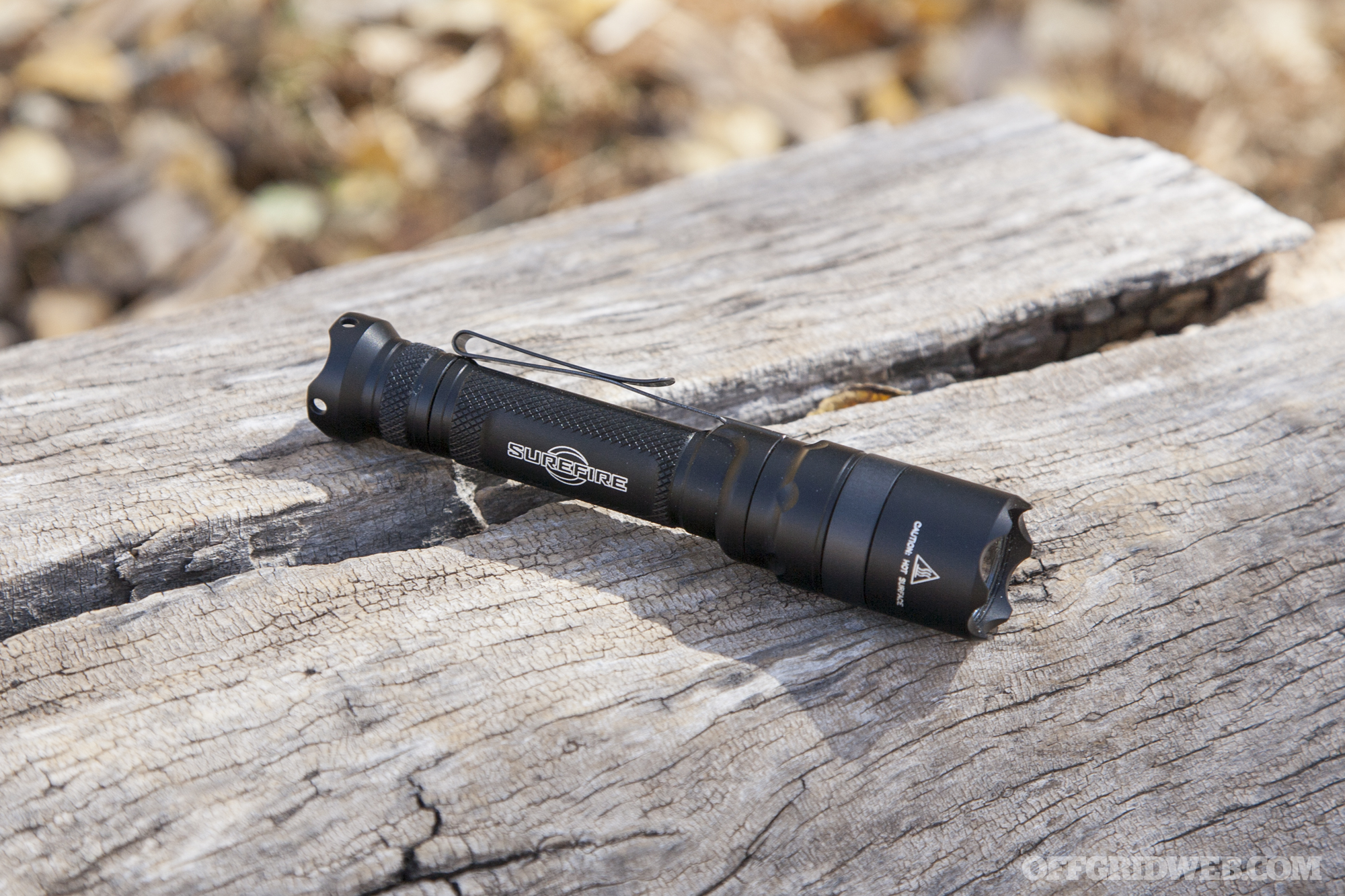
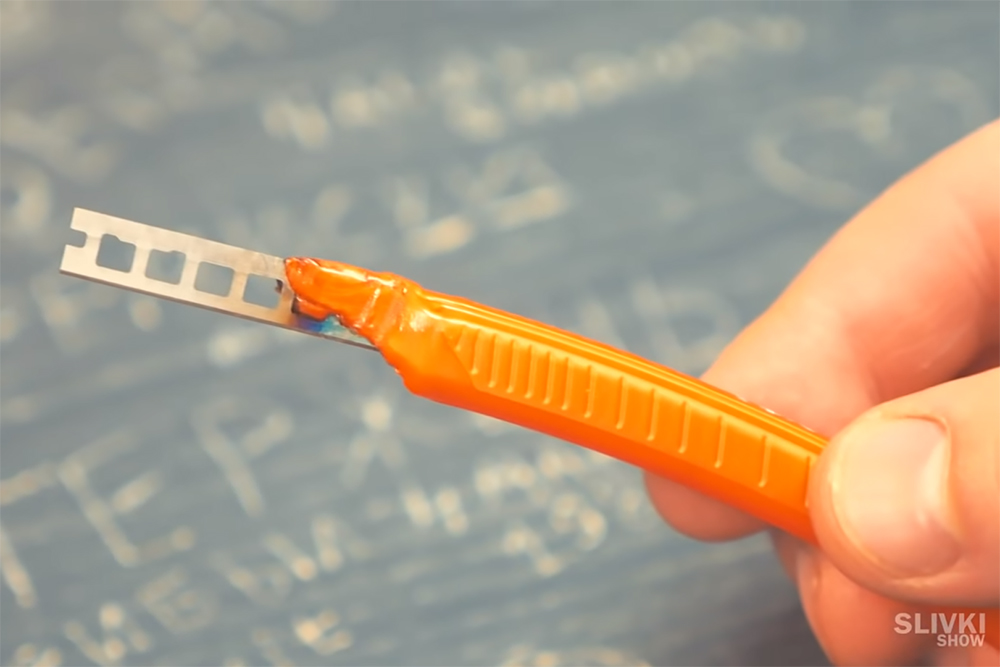
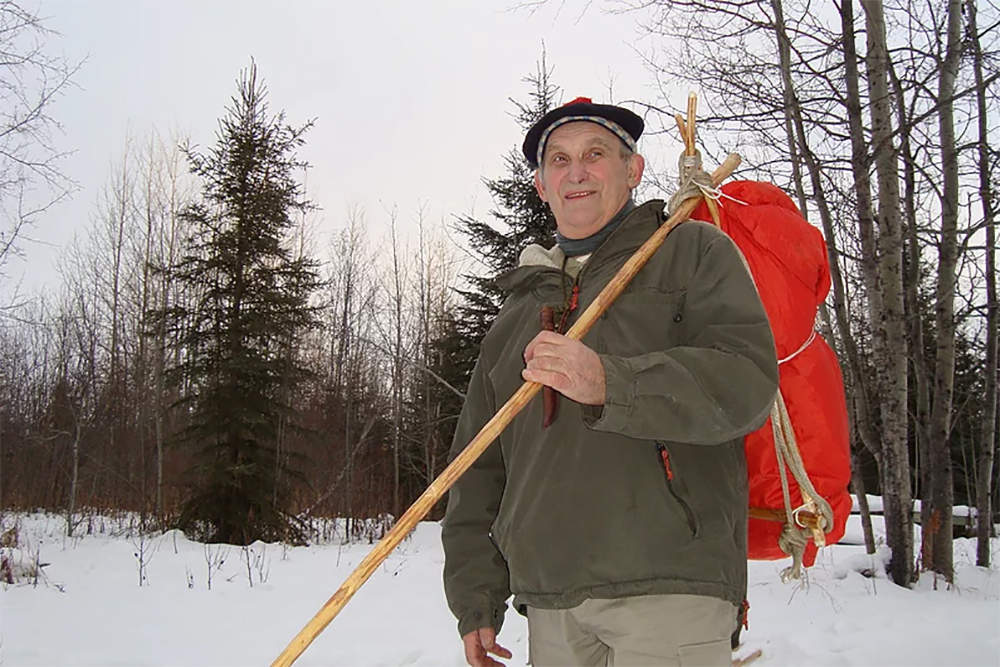

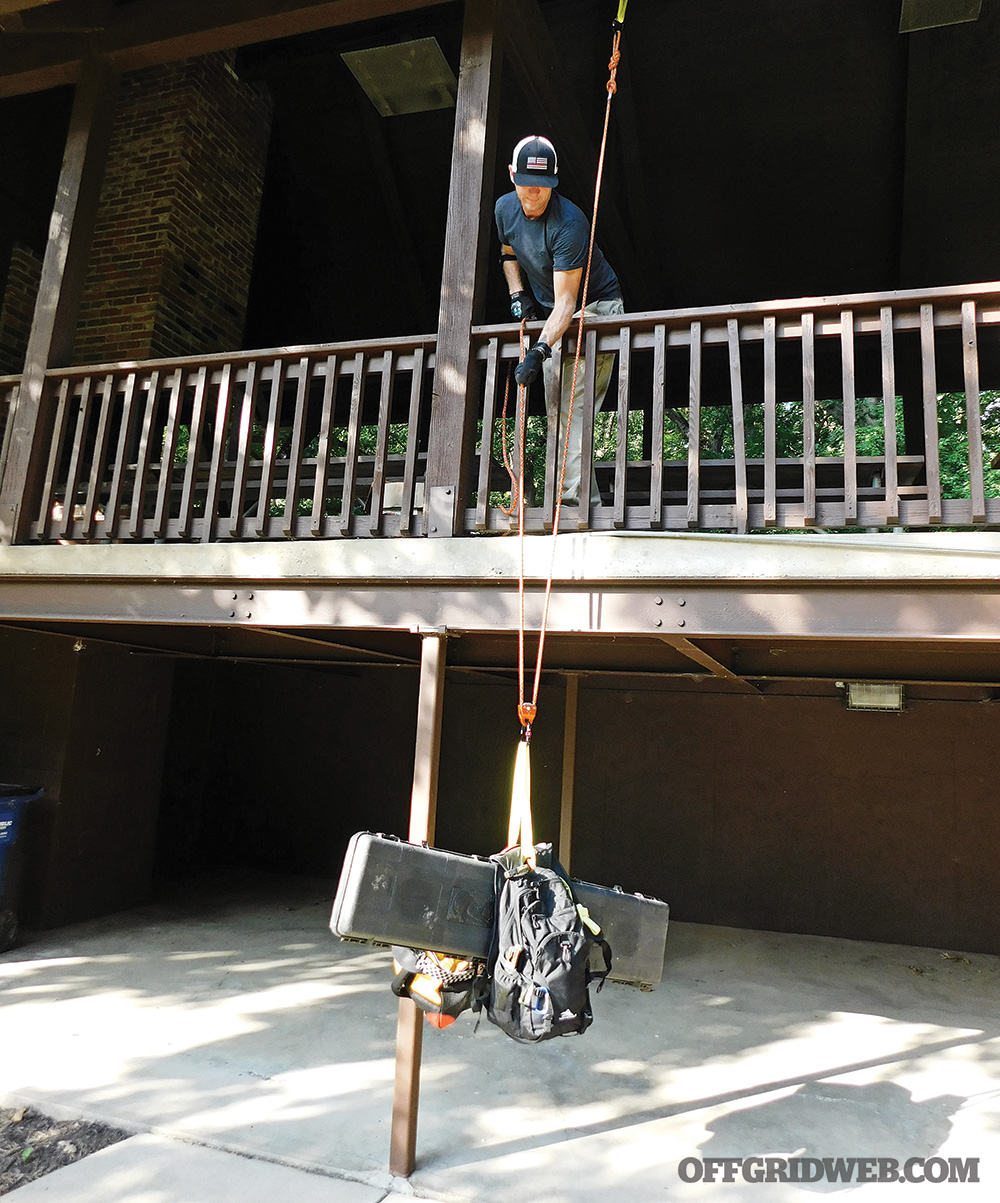
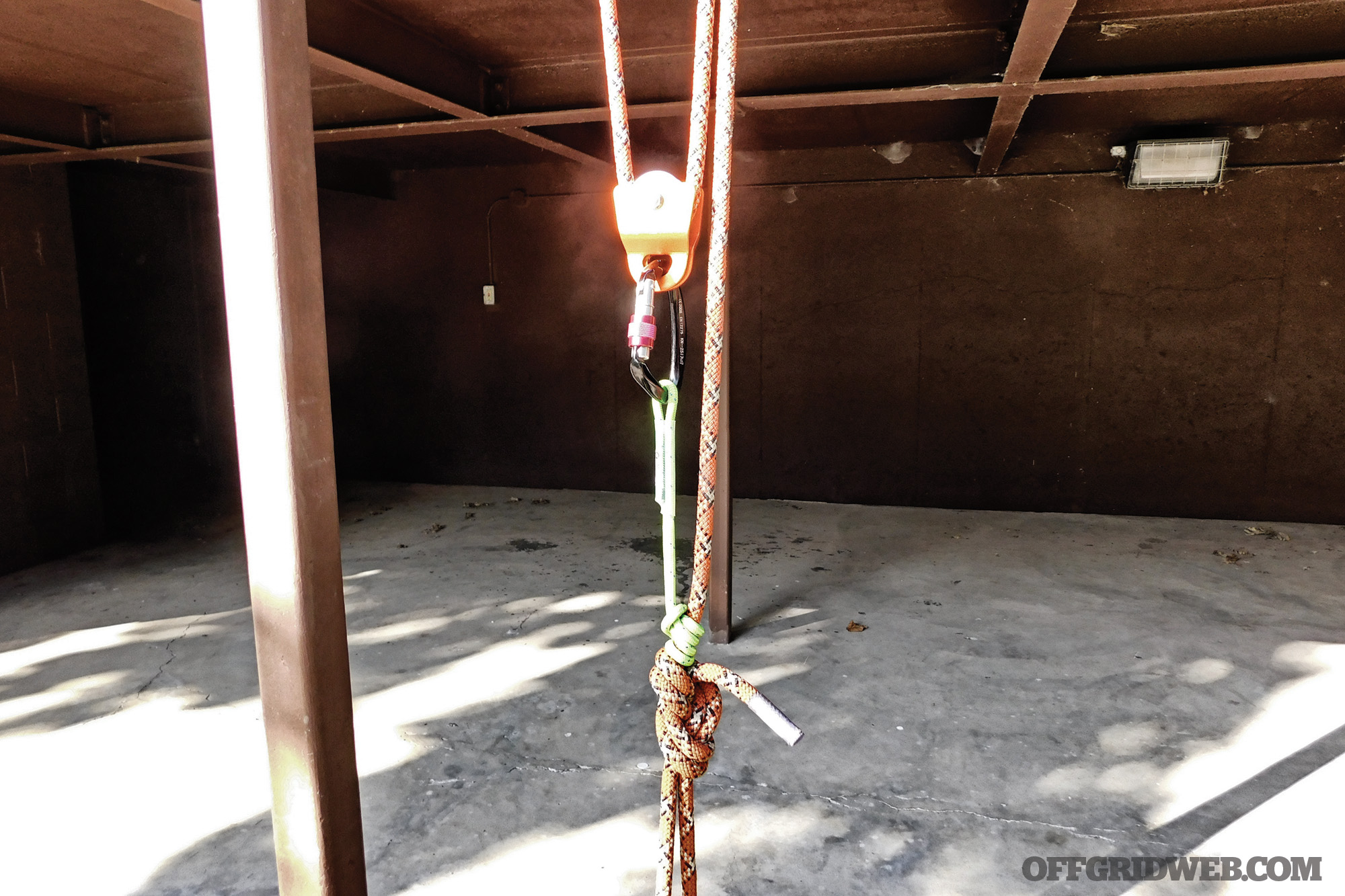

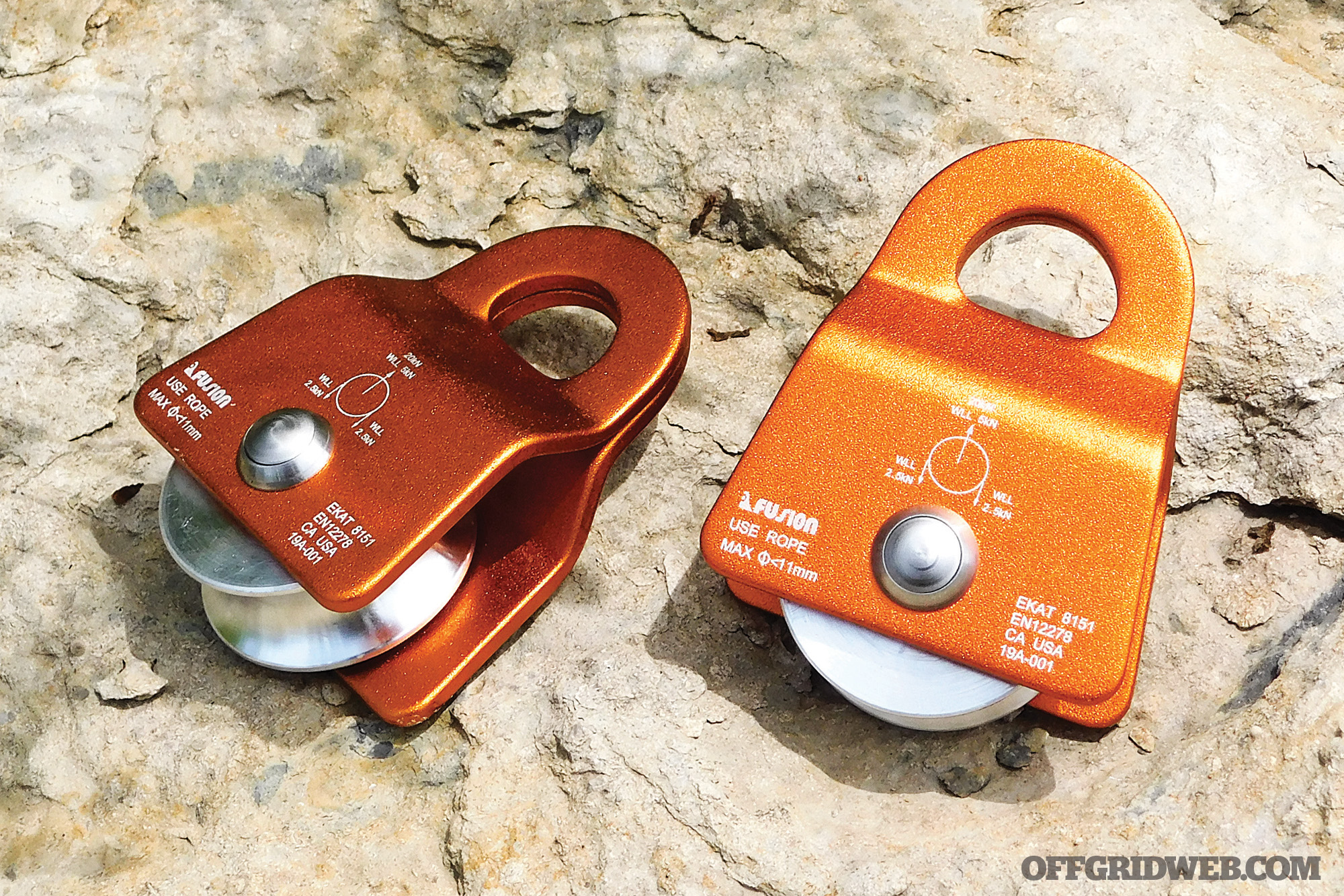
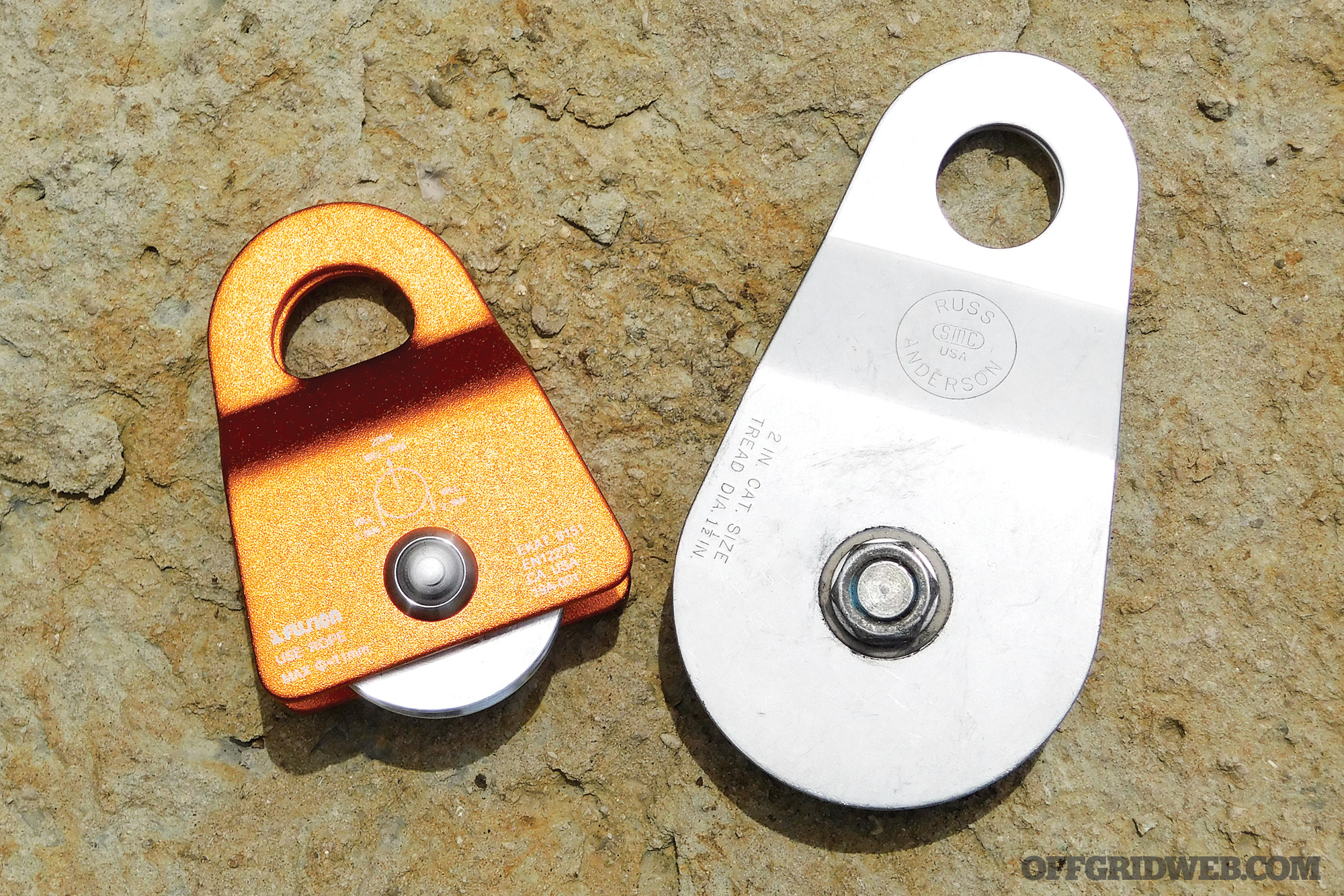
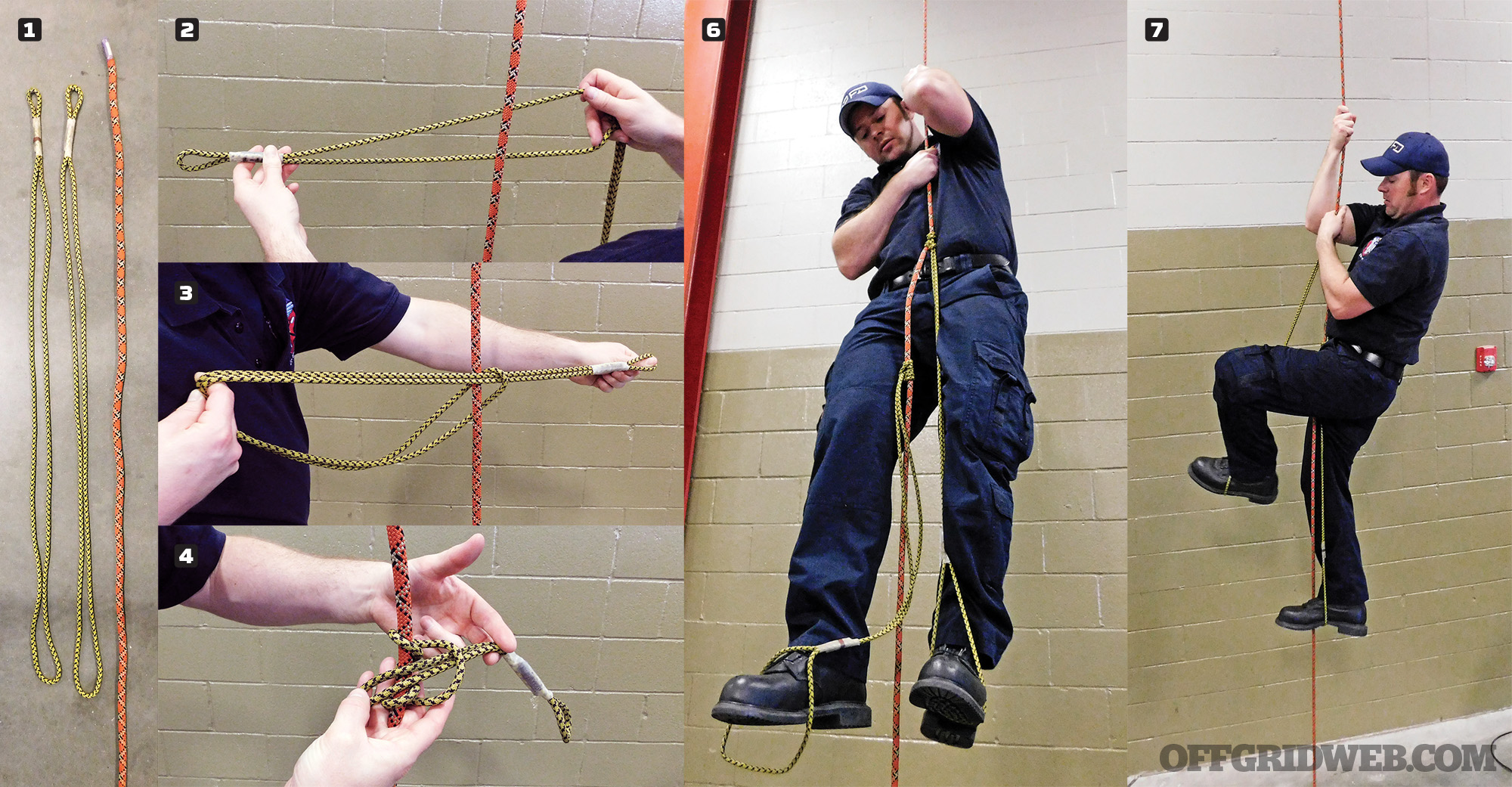
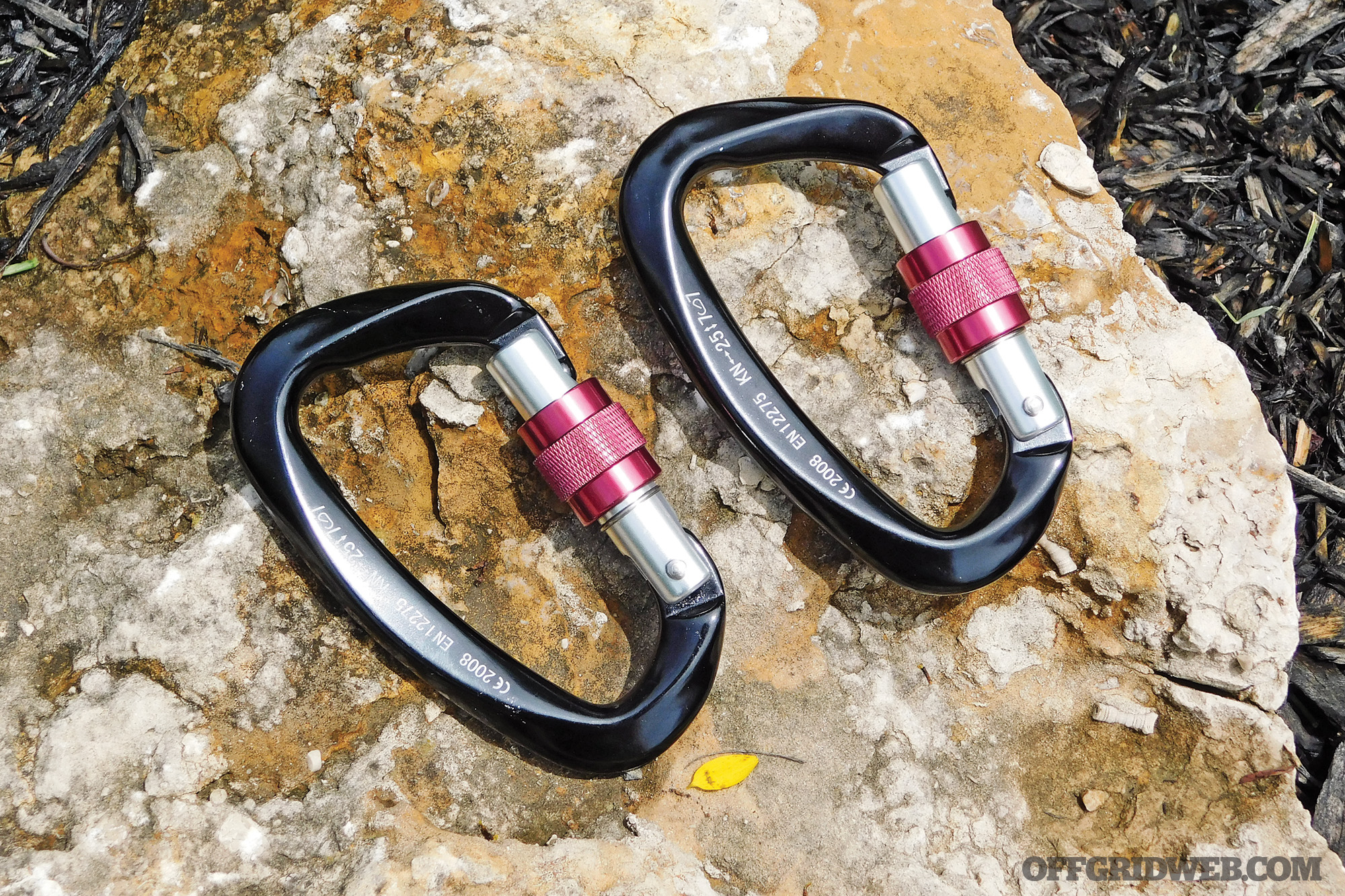
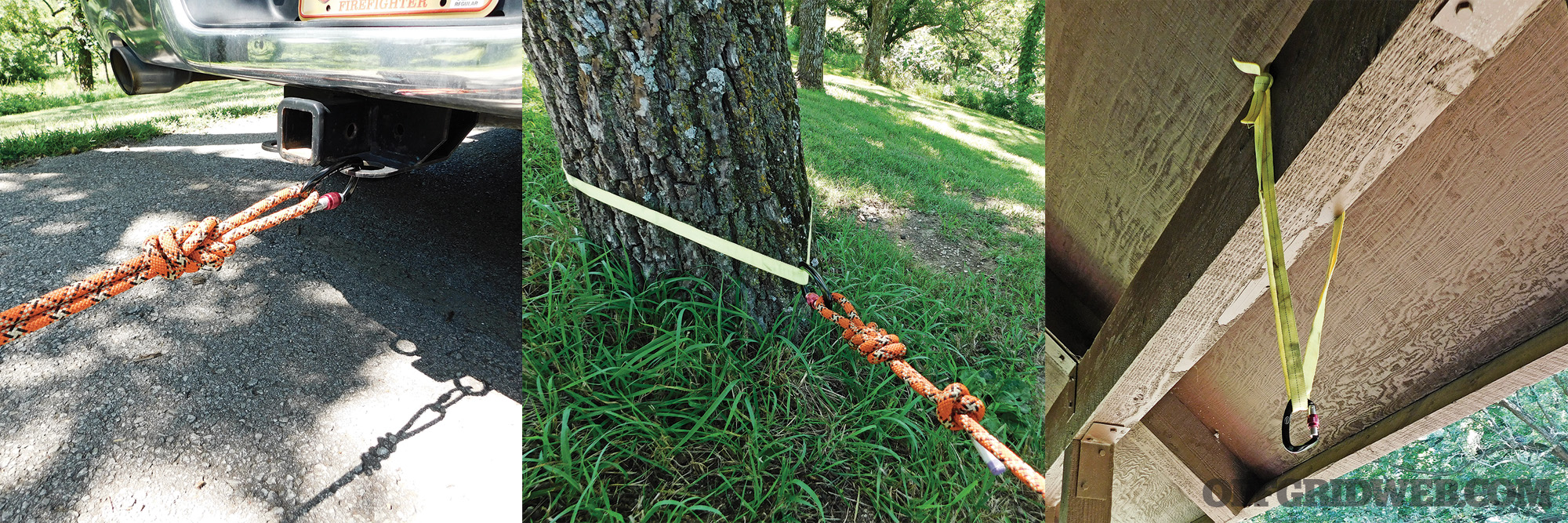



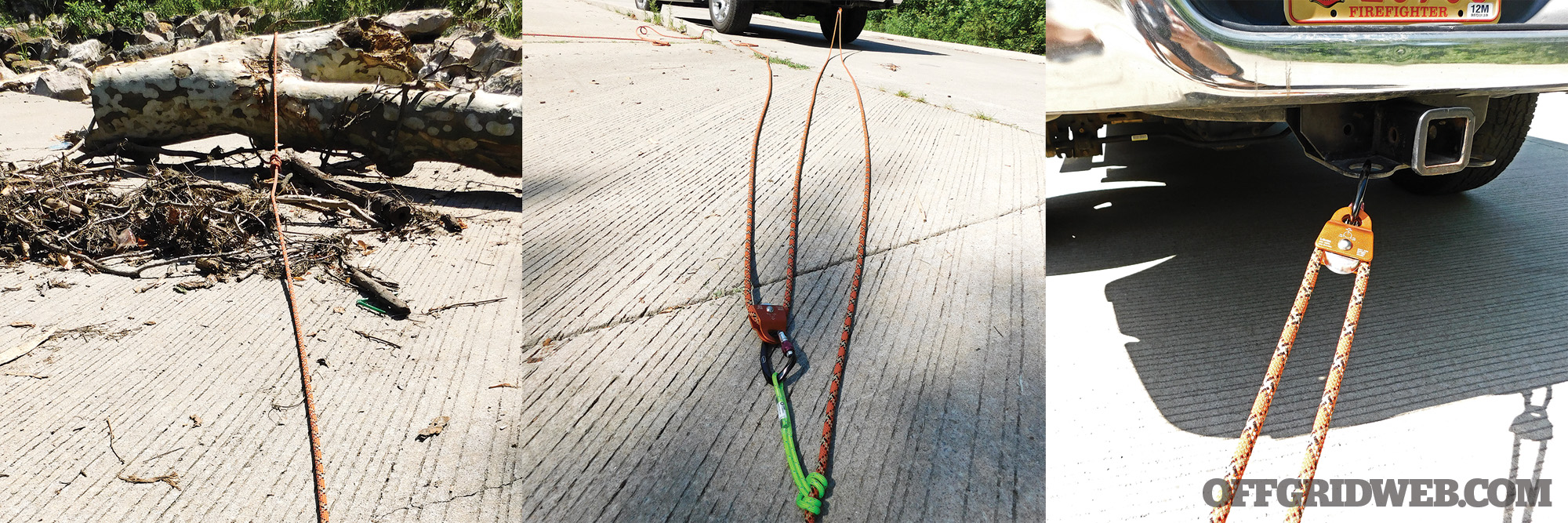
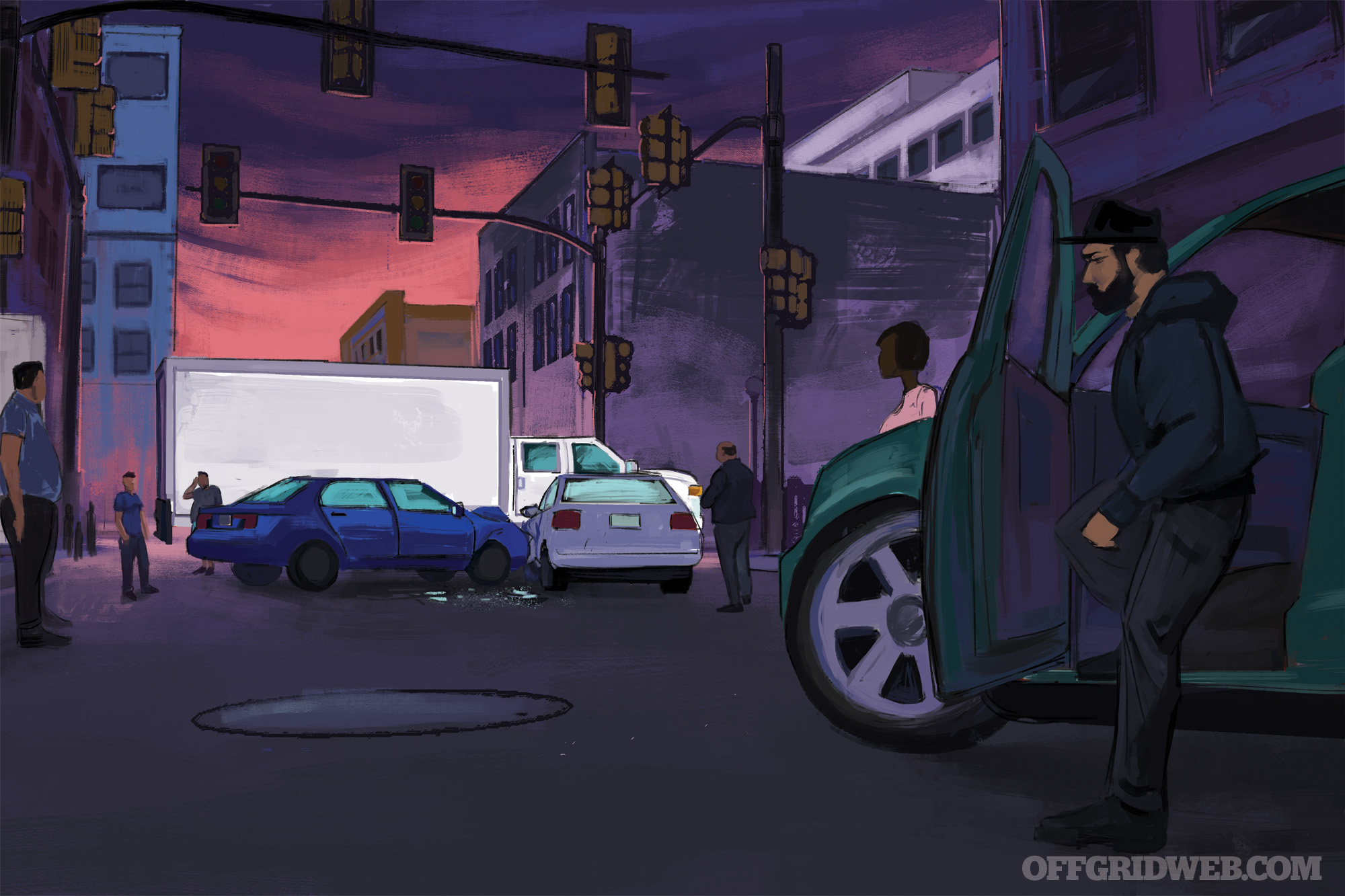

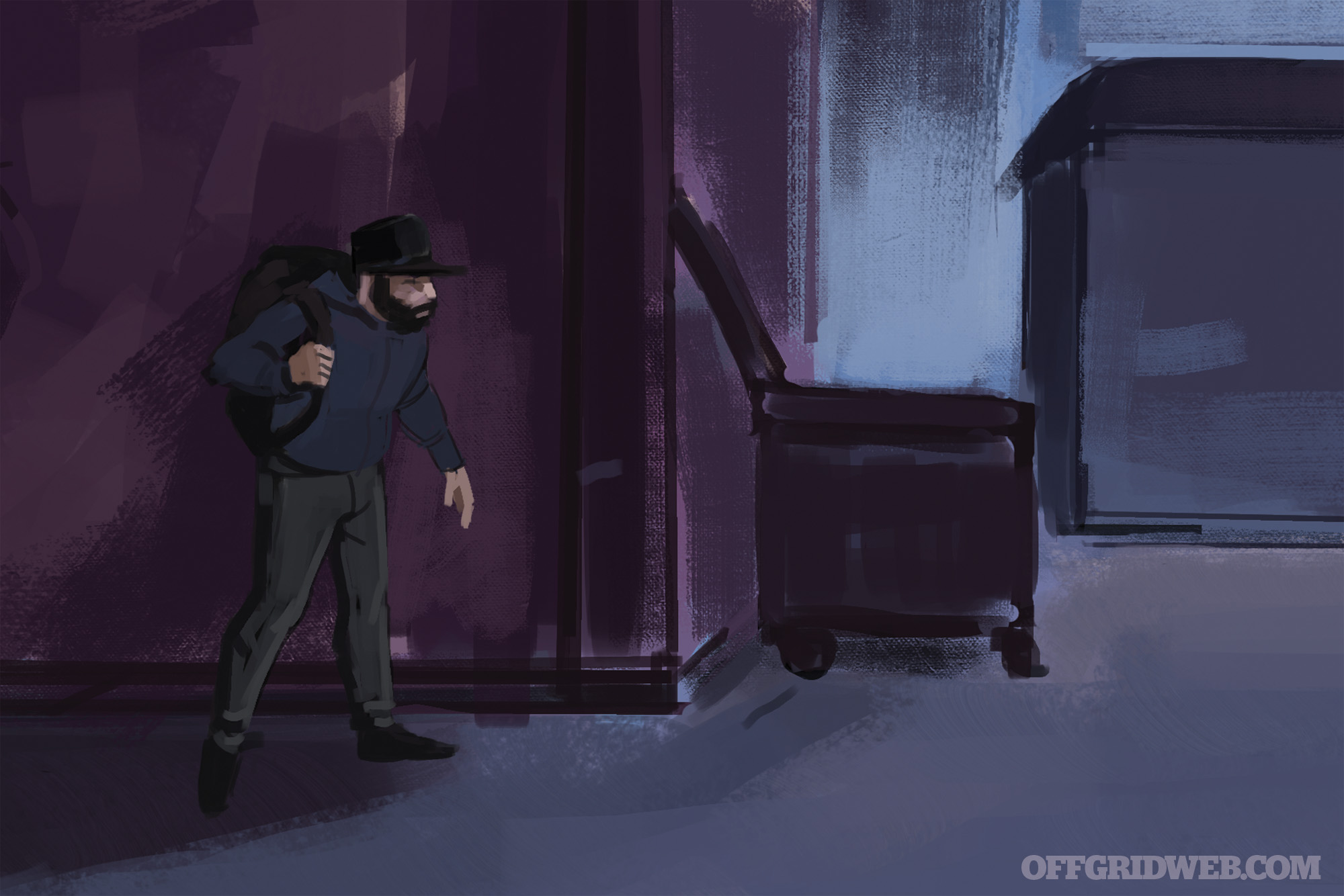
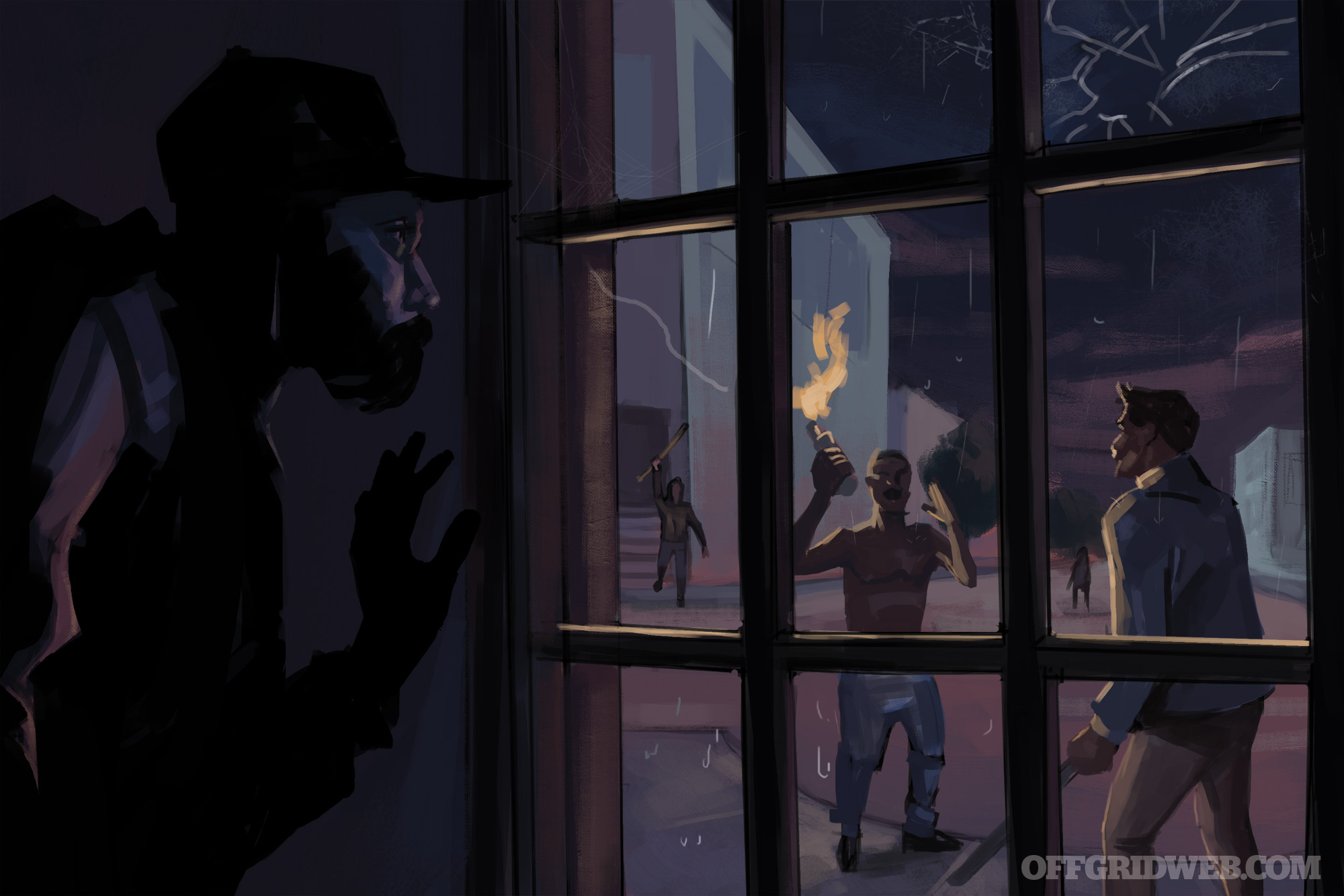
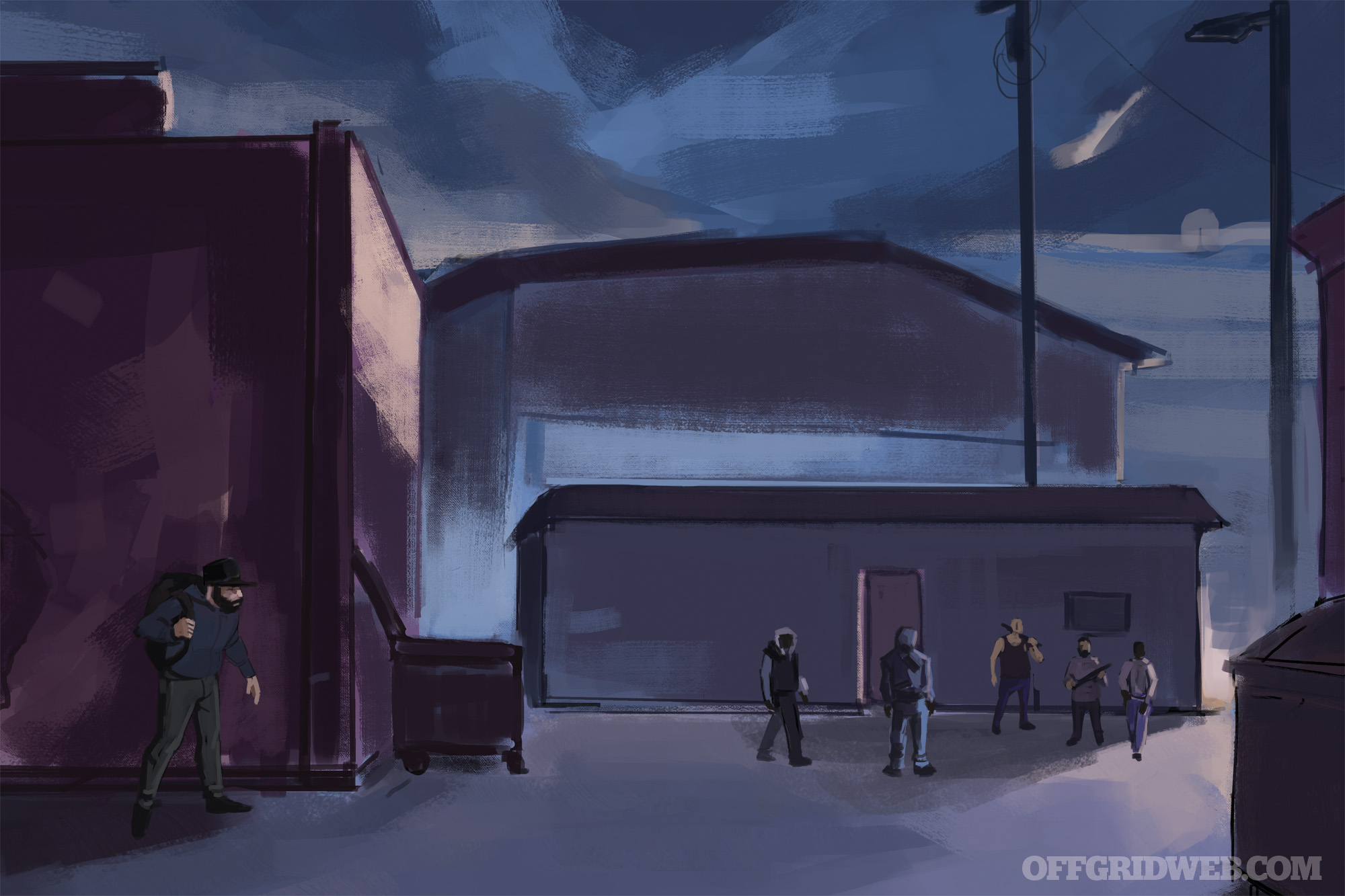

 Tim MacWelch
Tim MacWelch Kevin Reeve
Kevin Reeve Richard Duarte
Richard Duarte